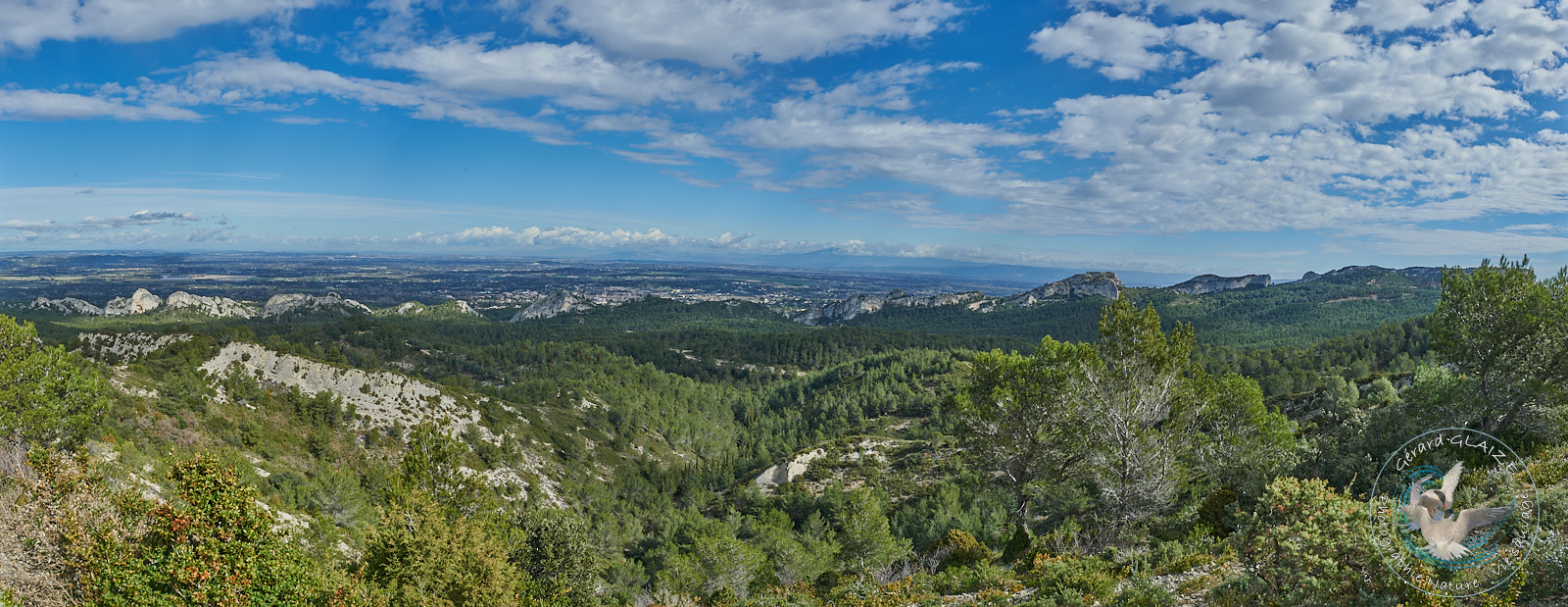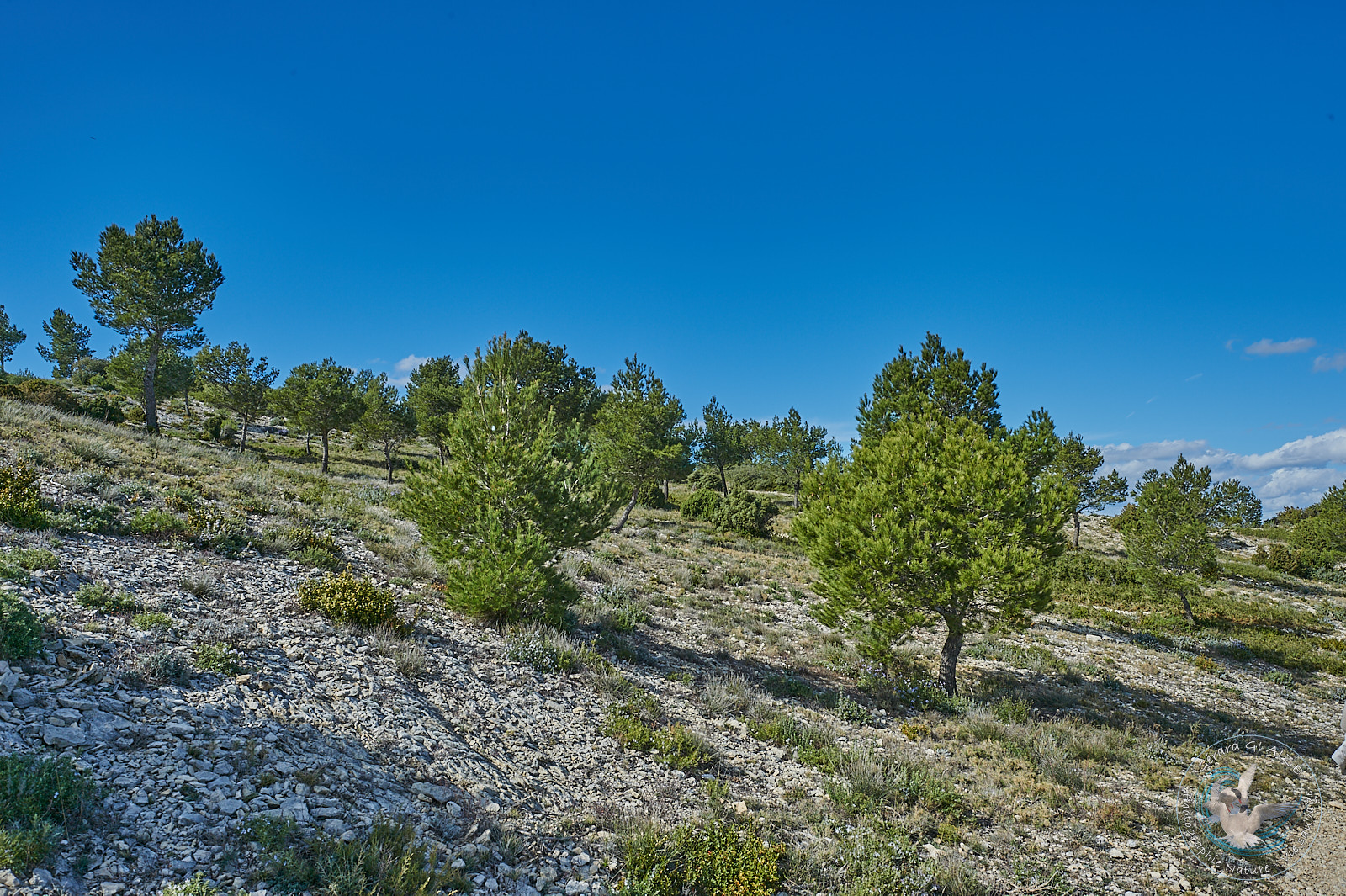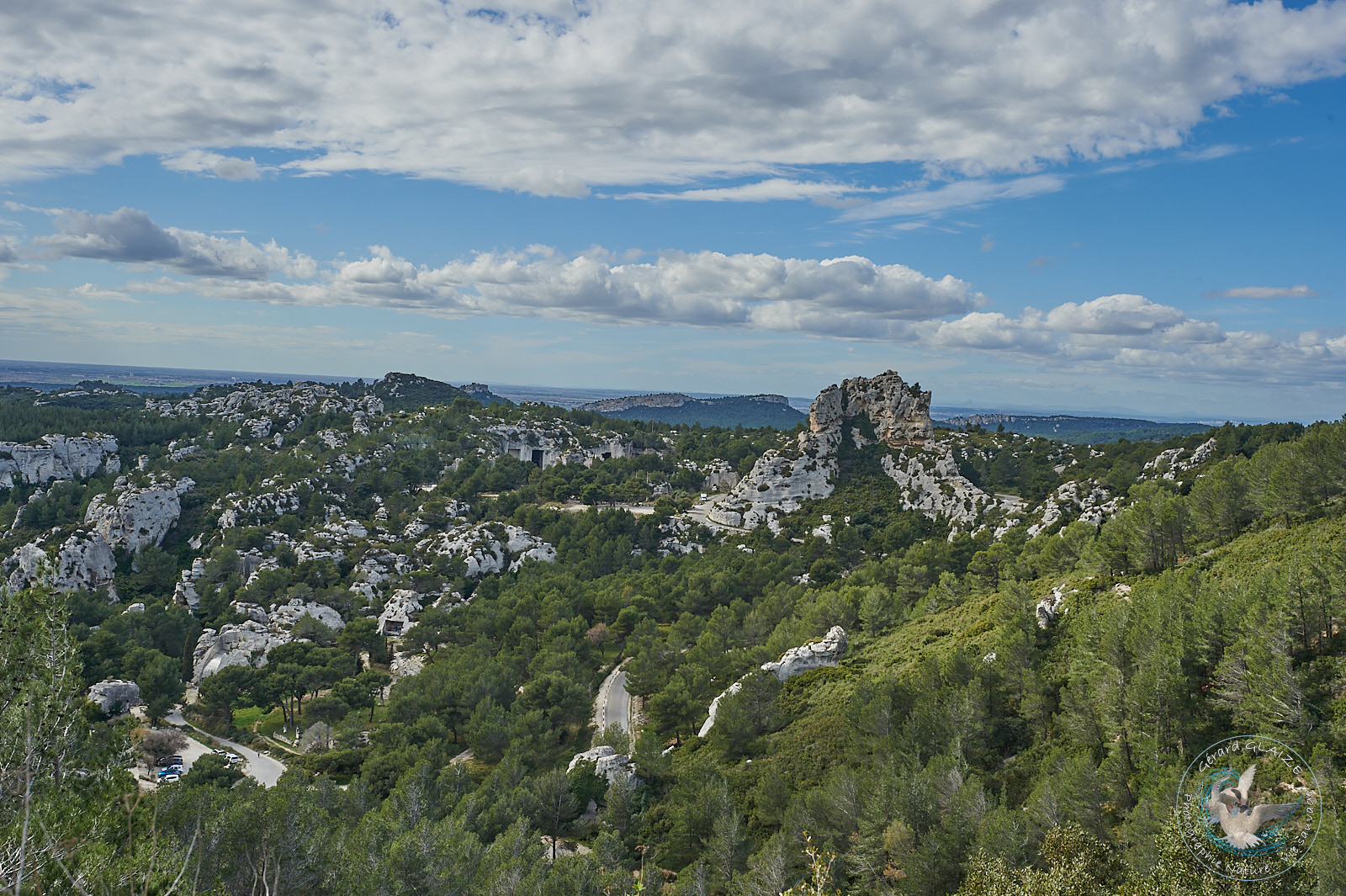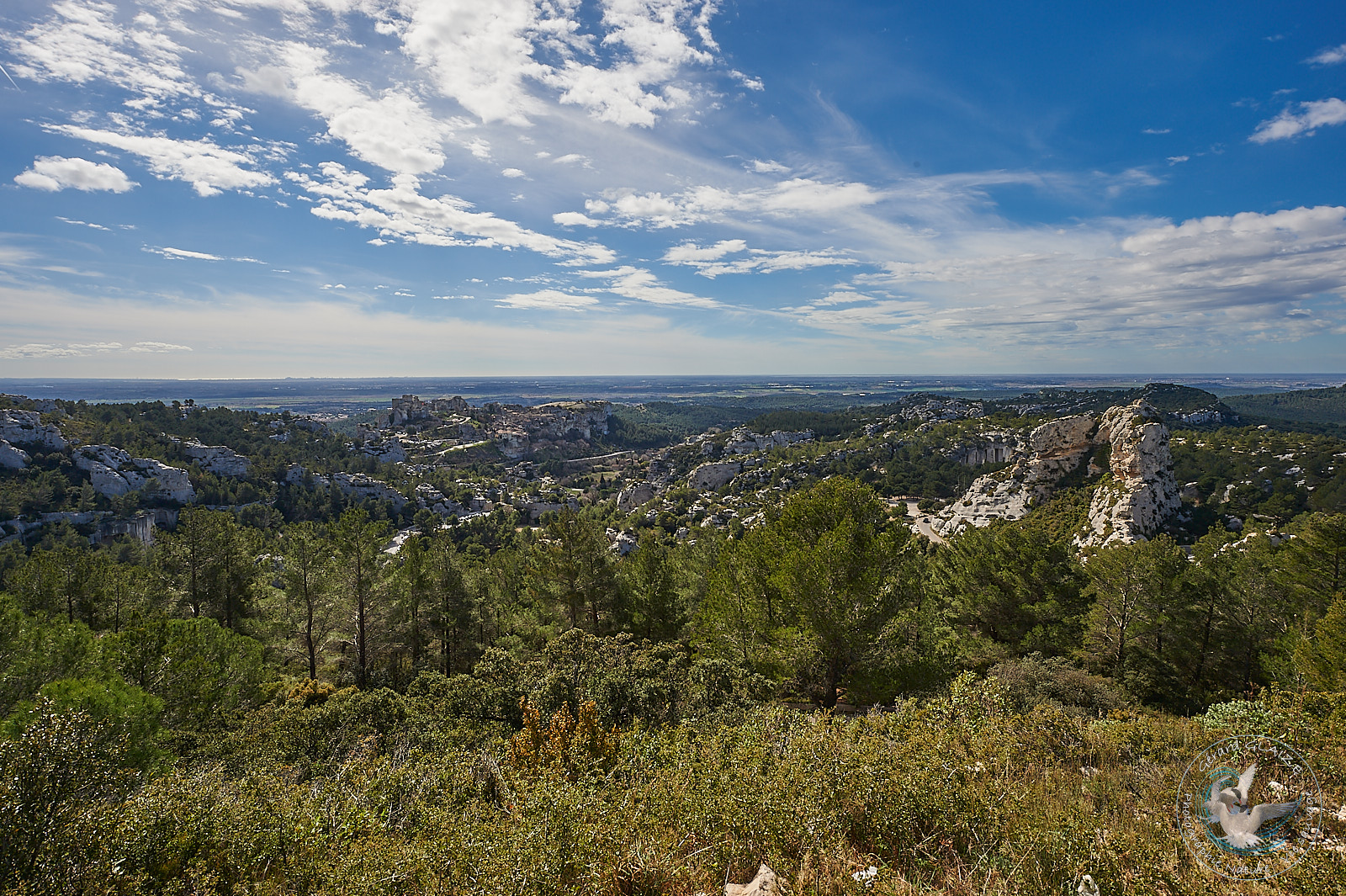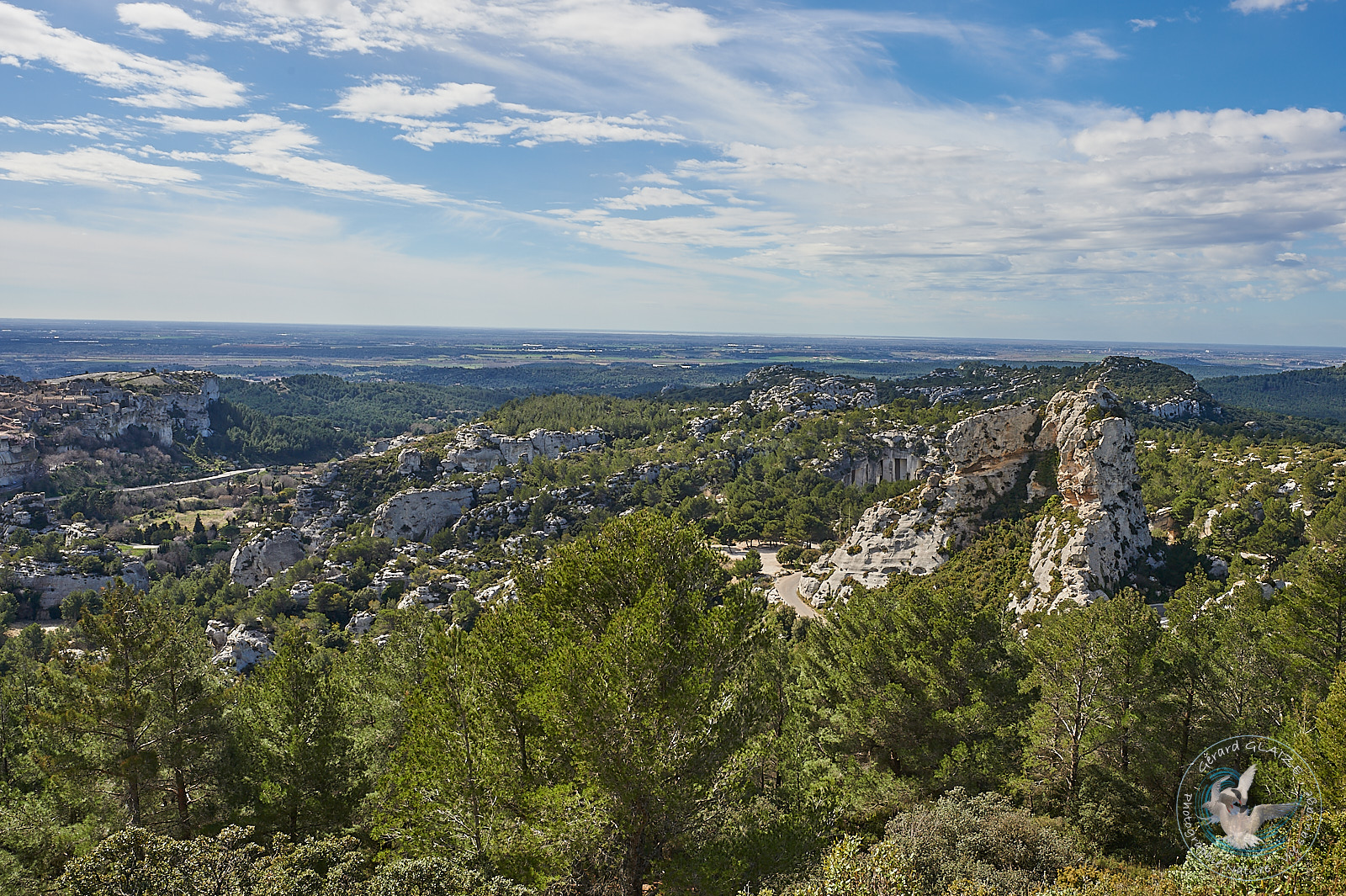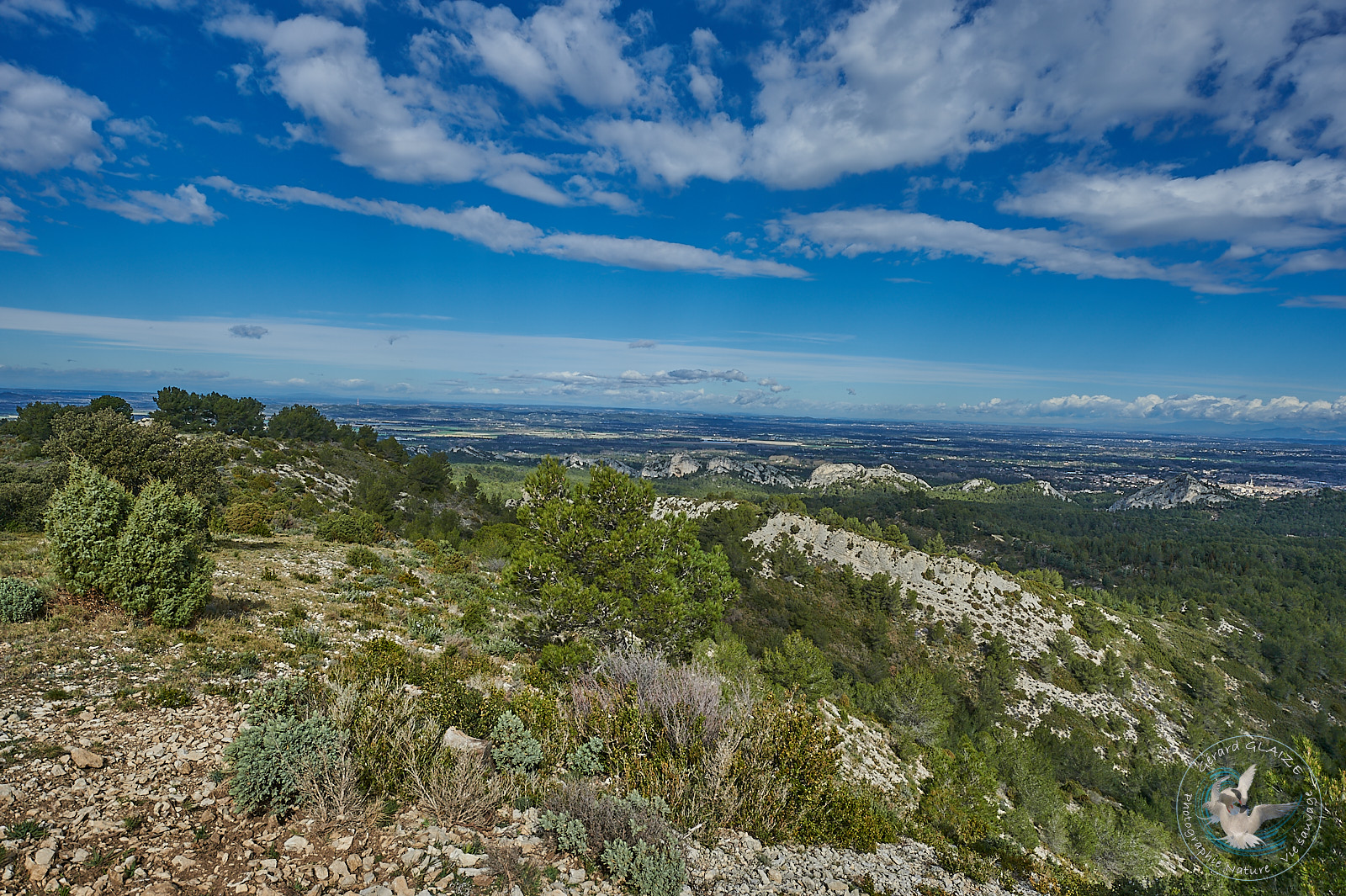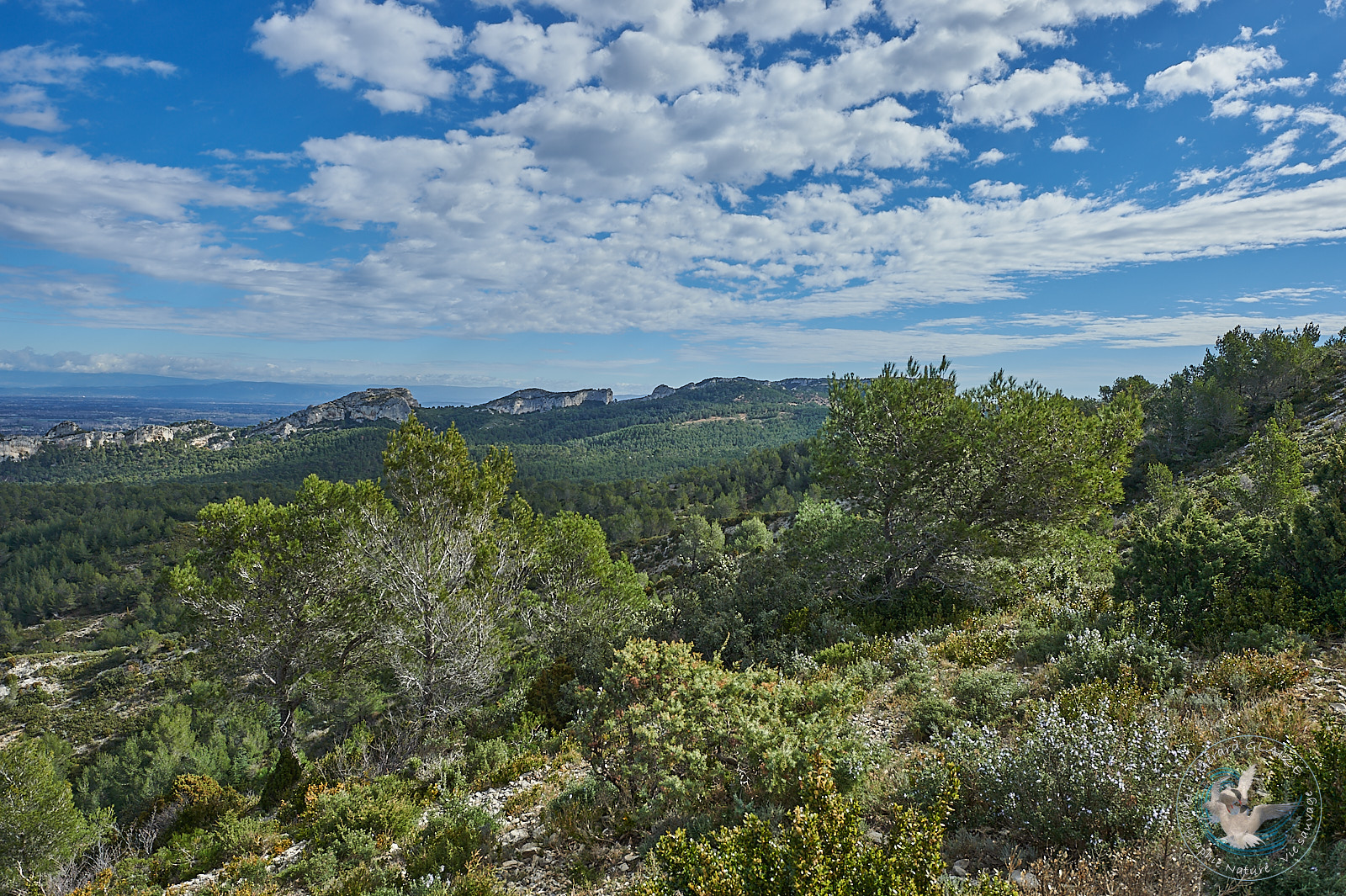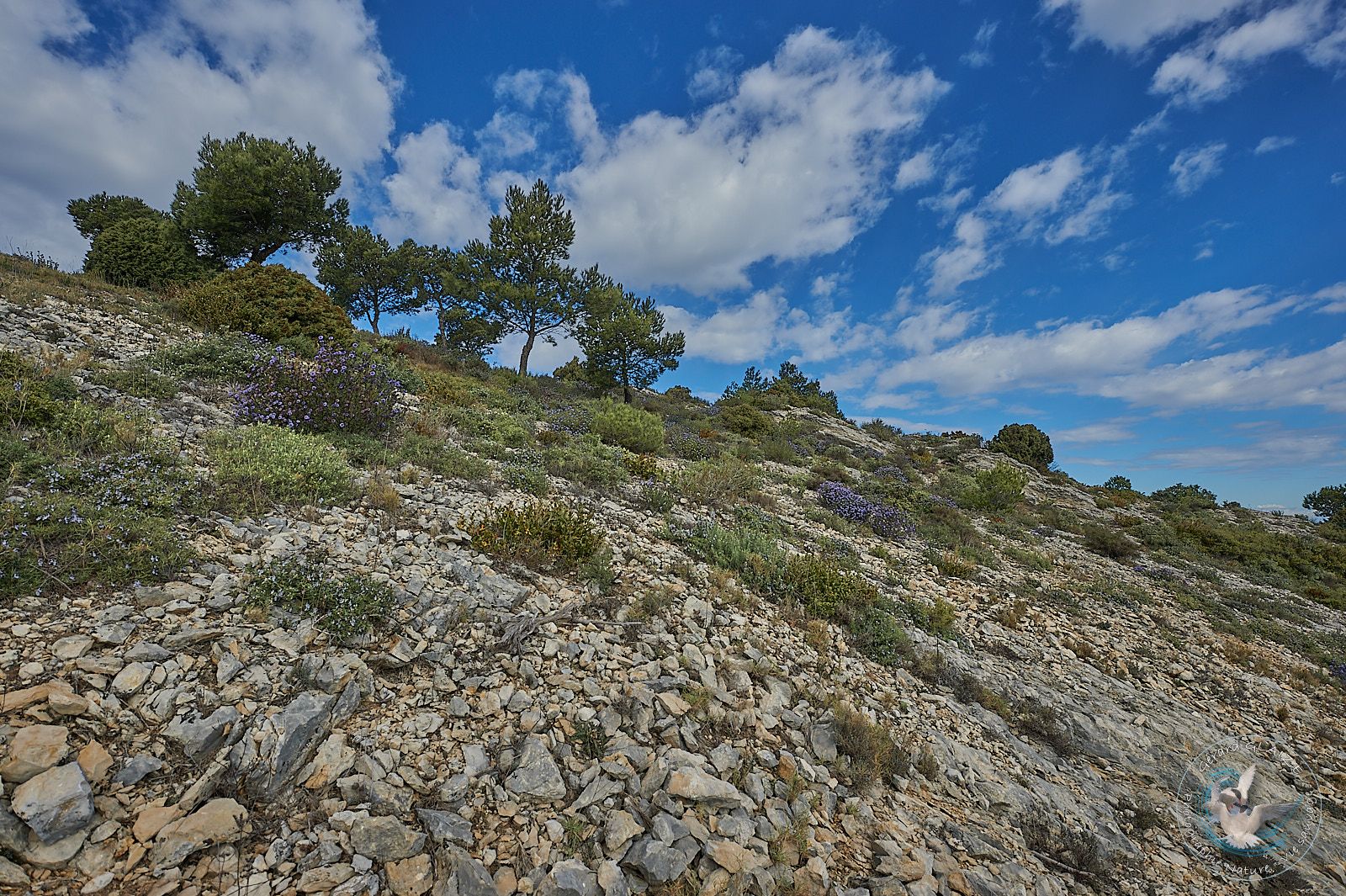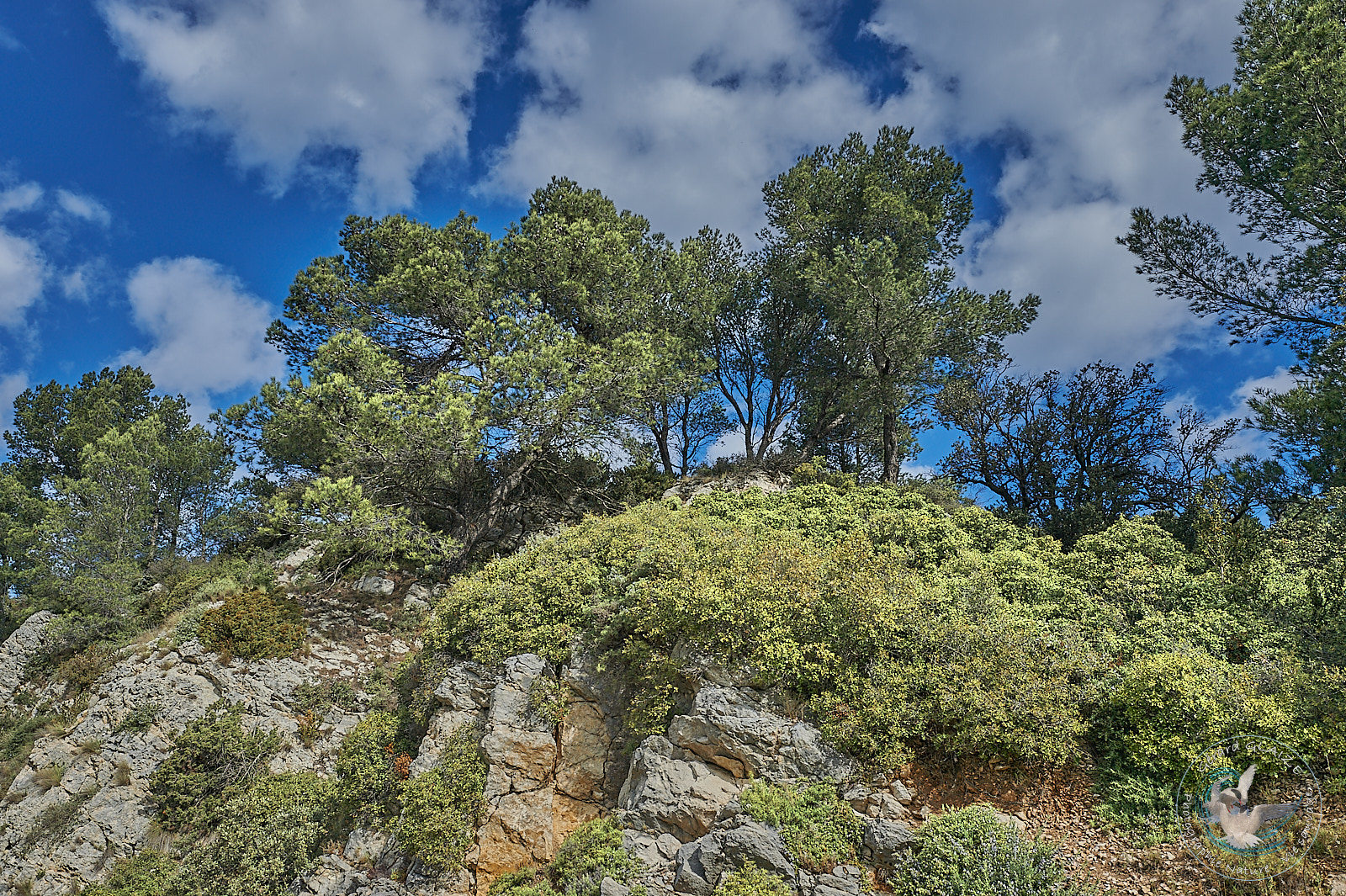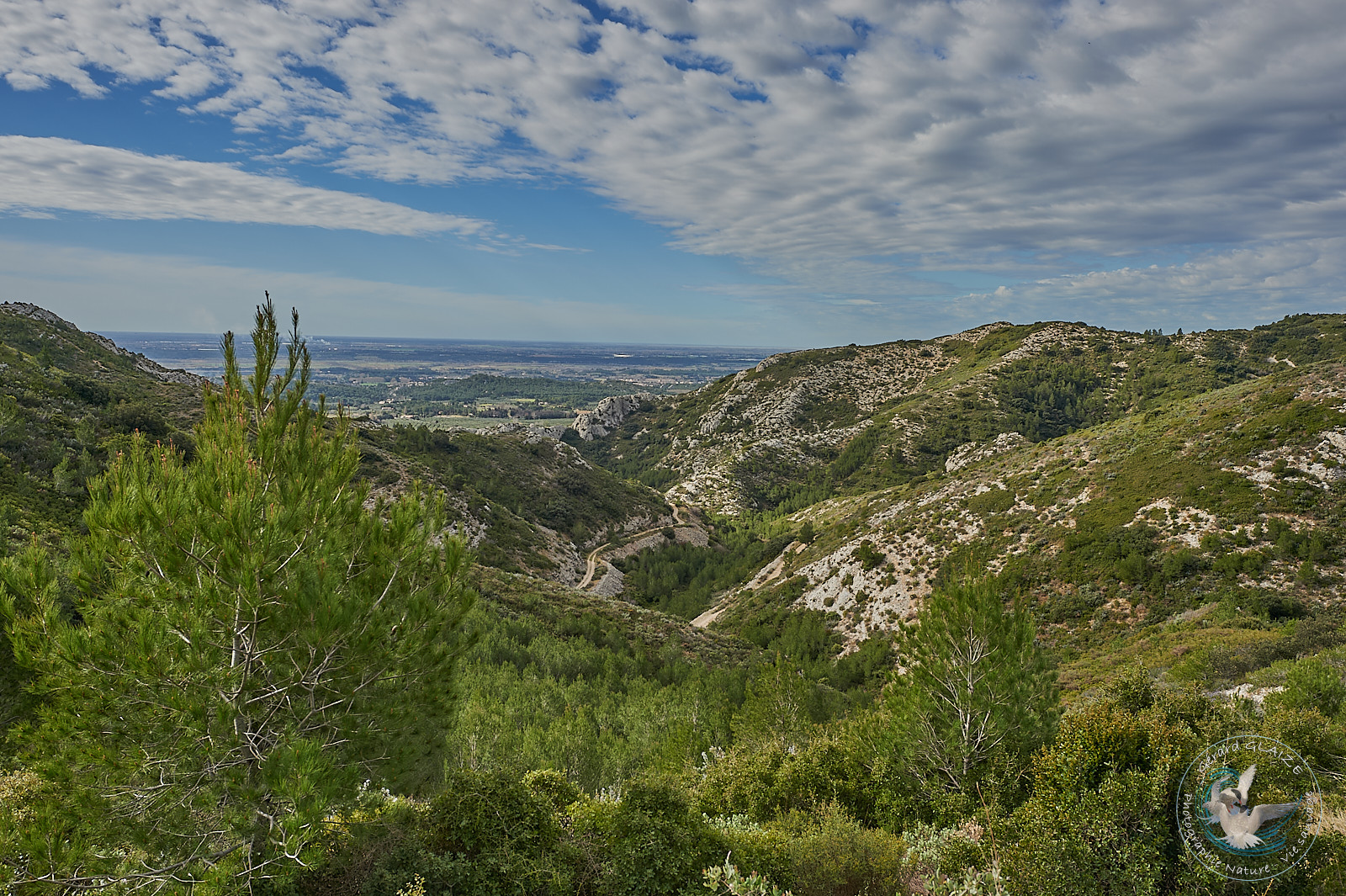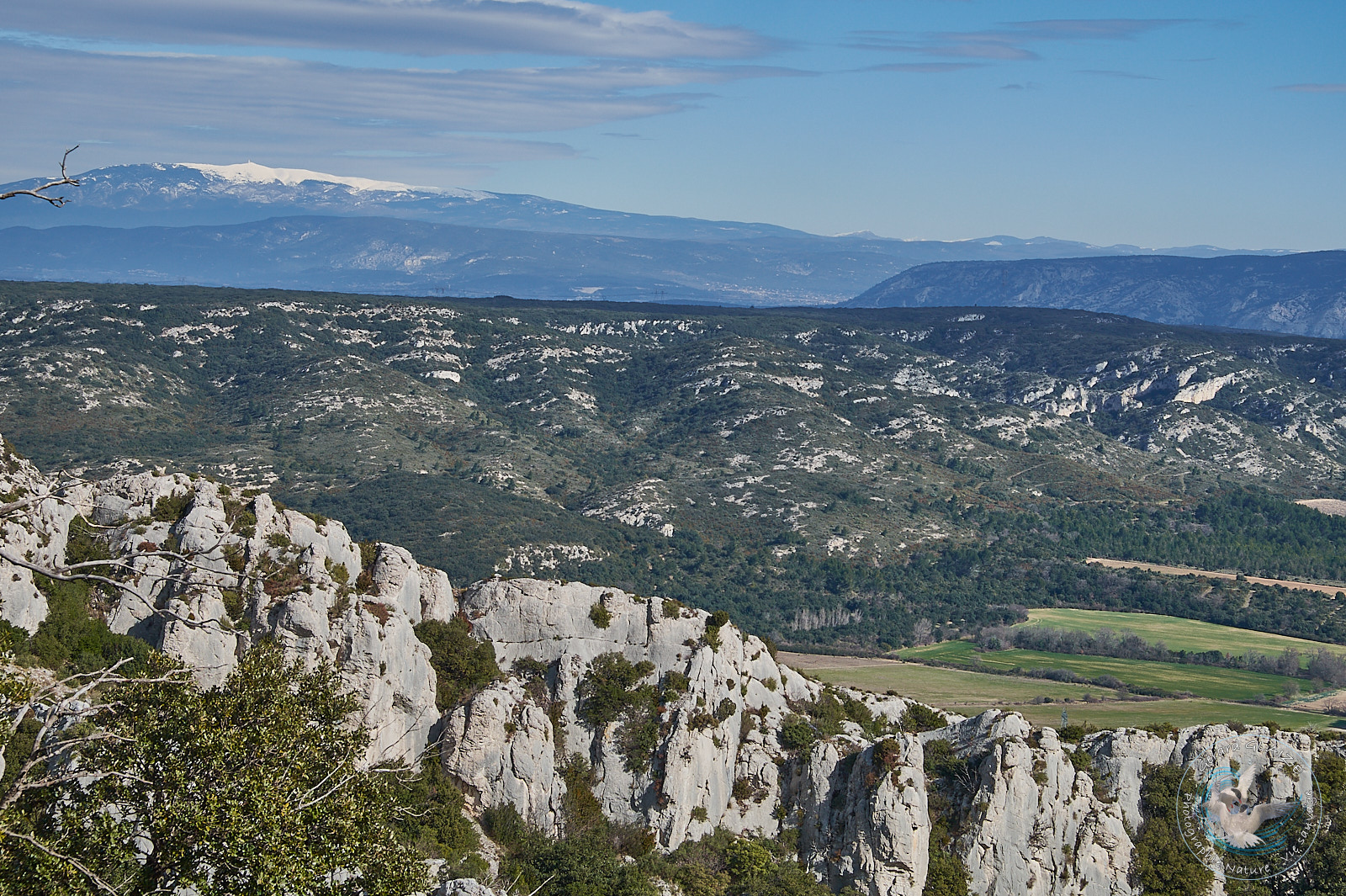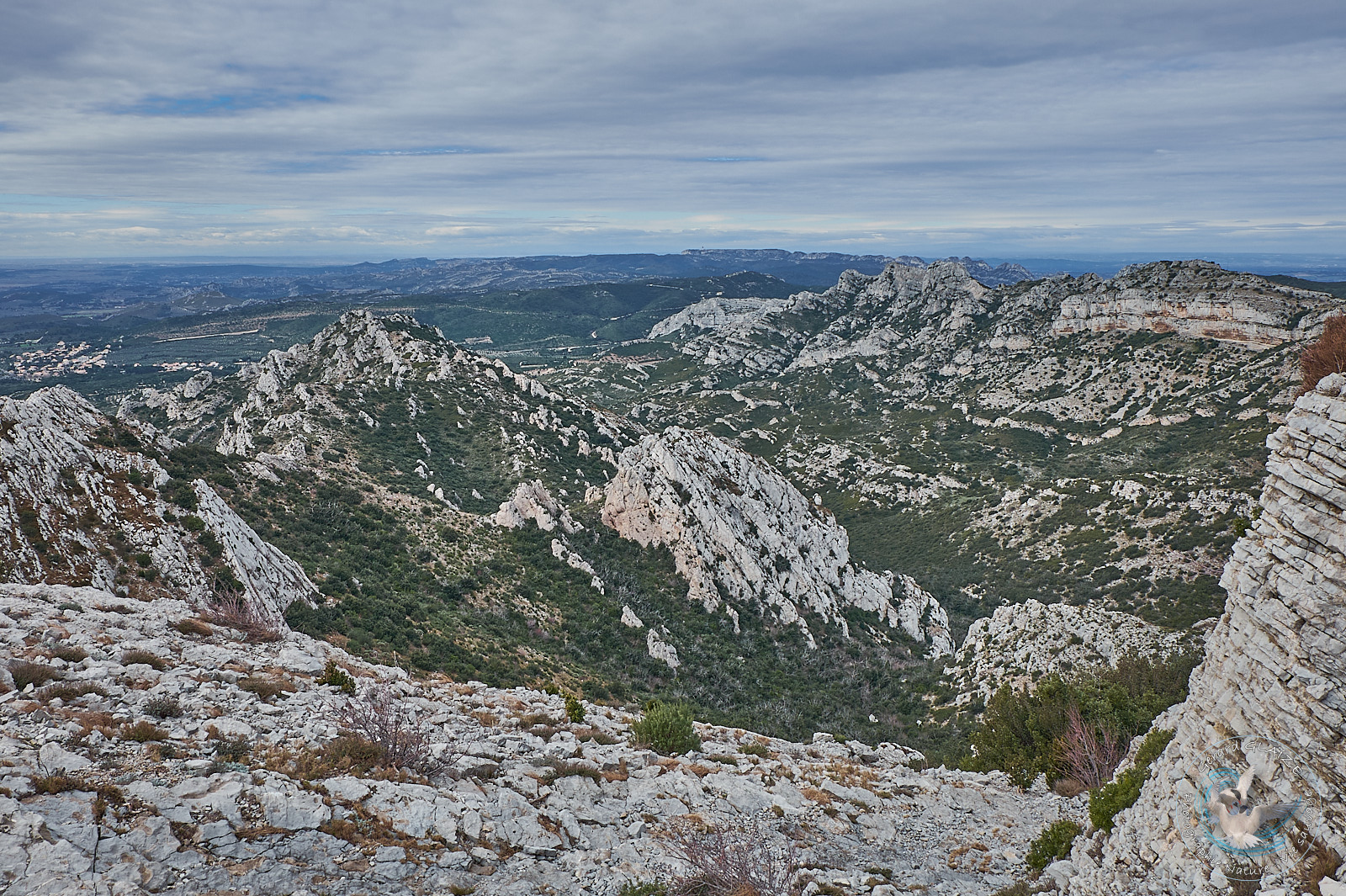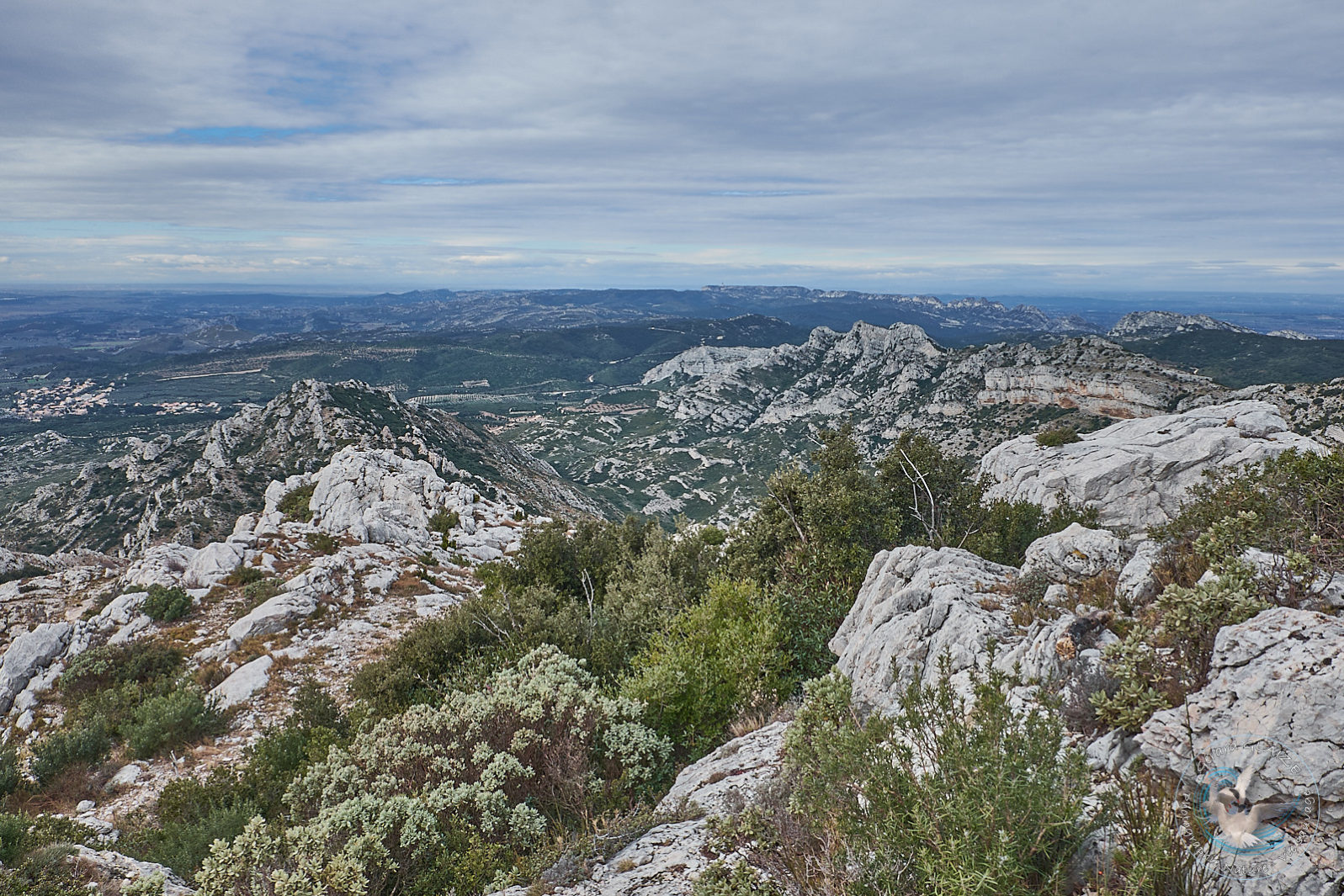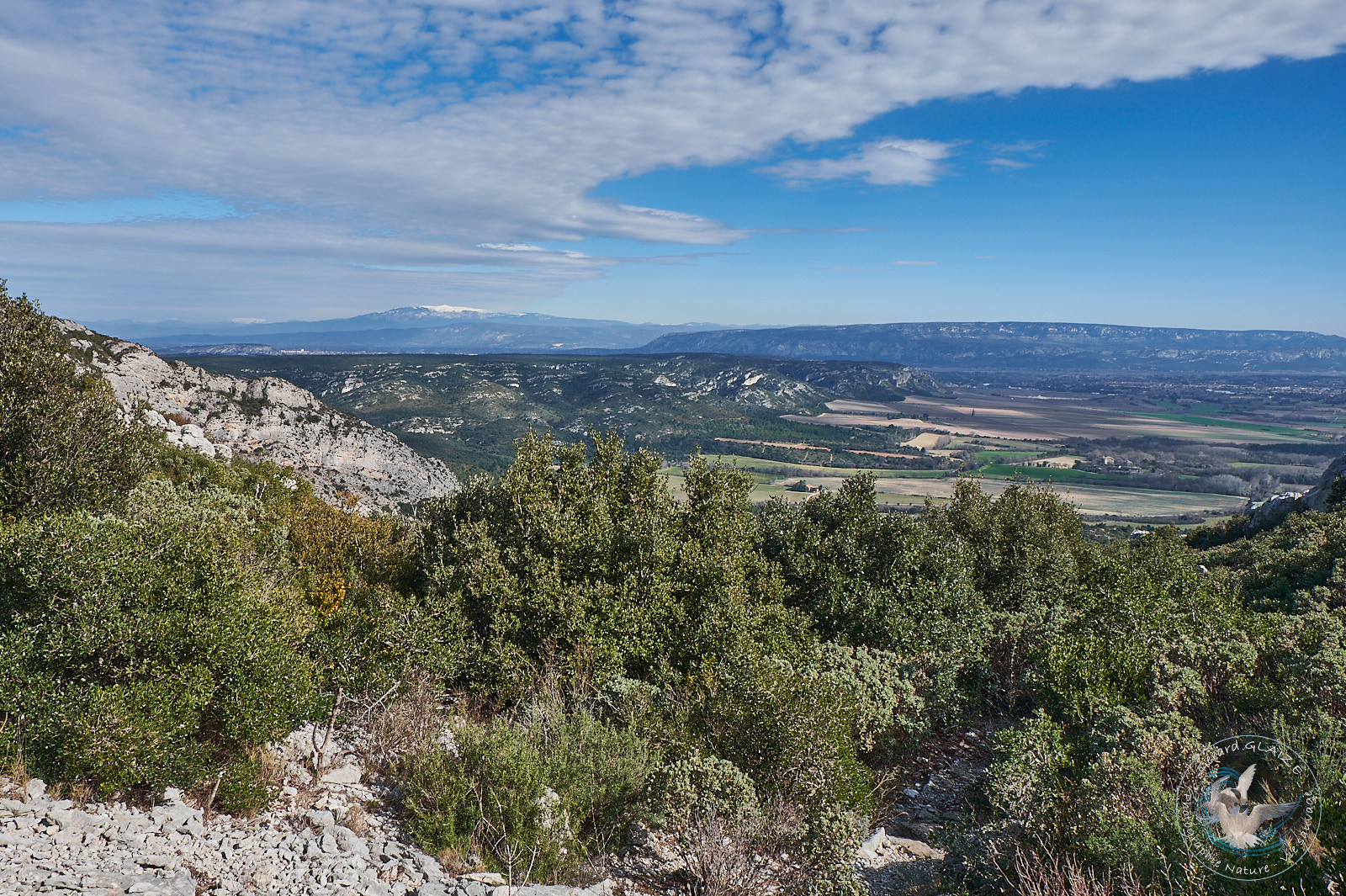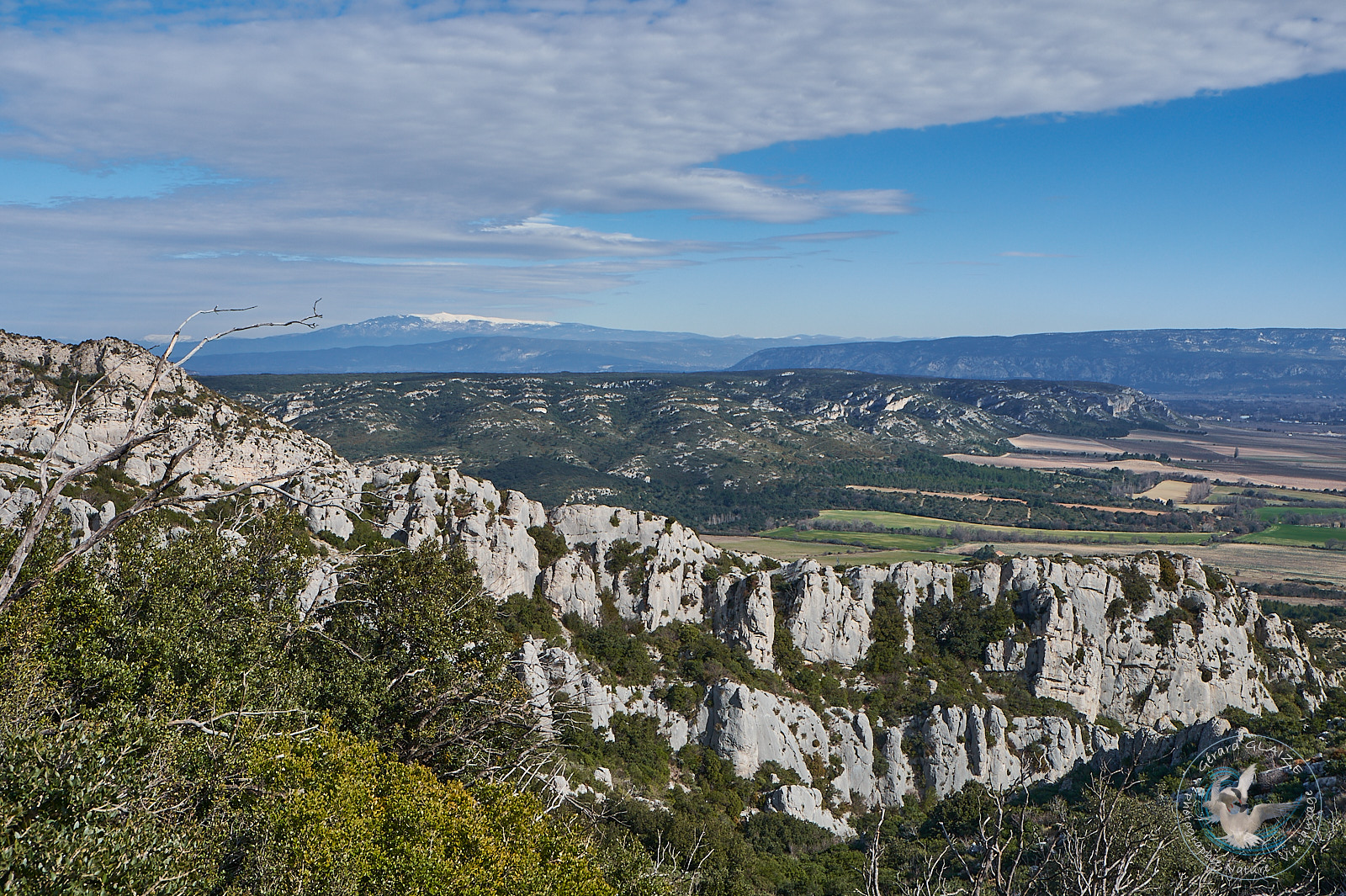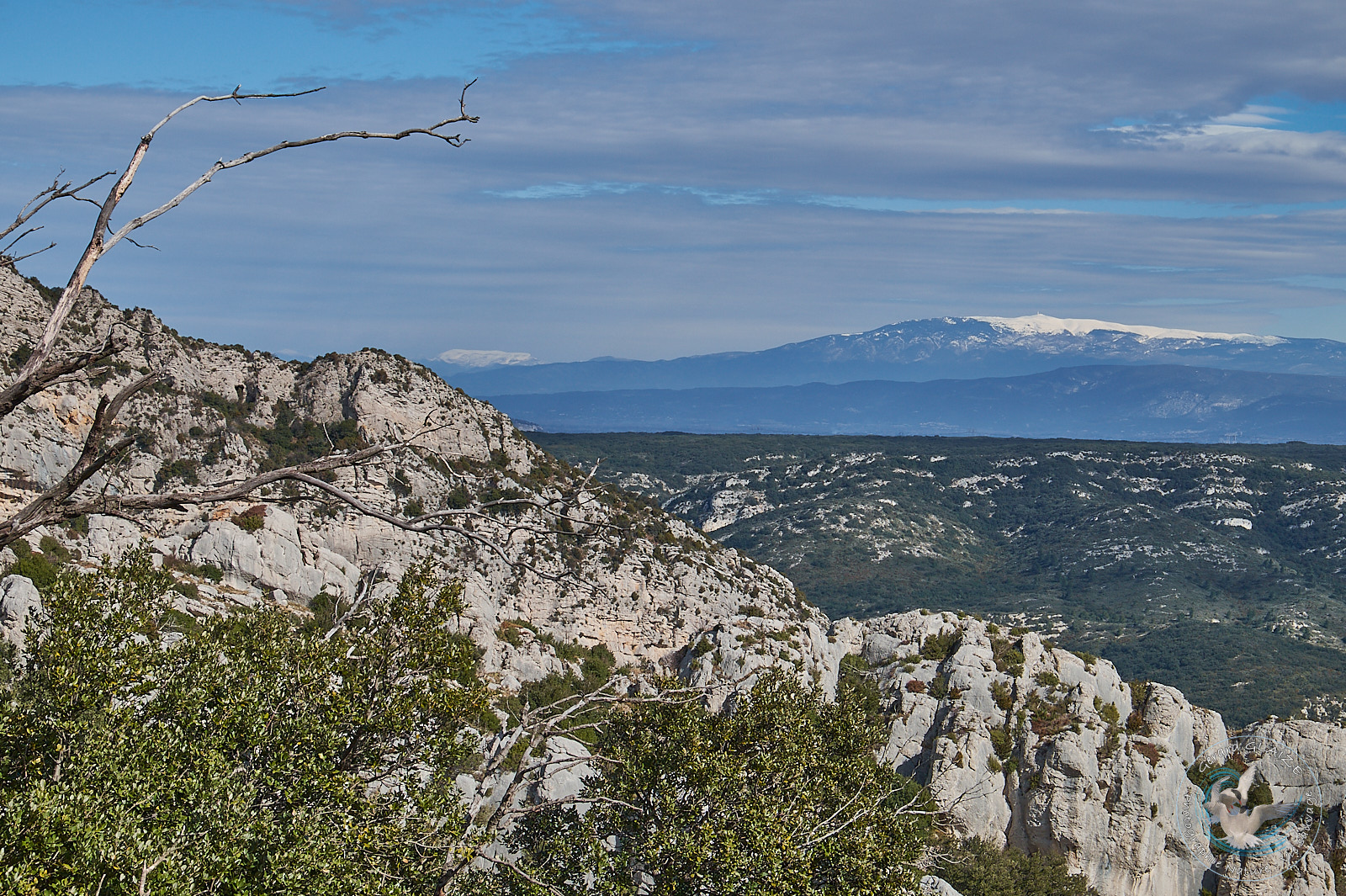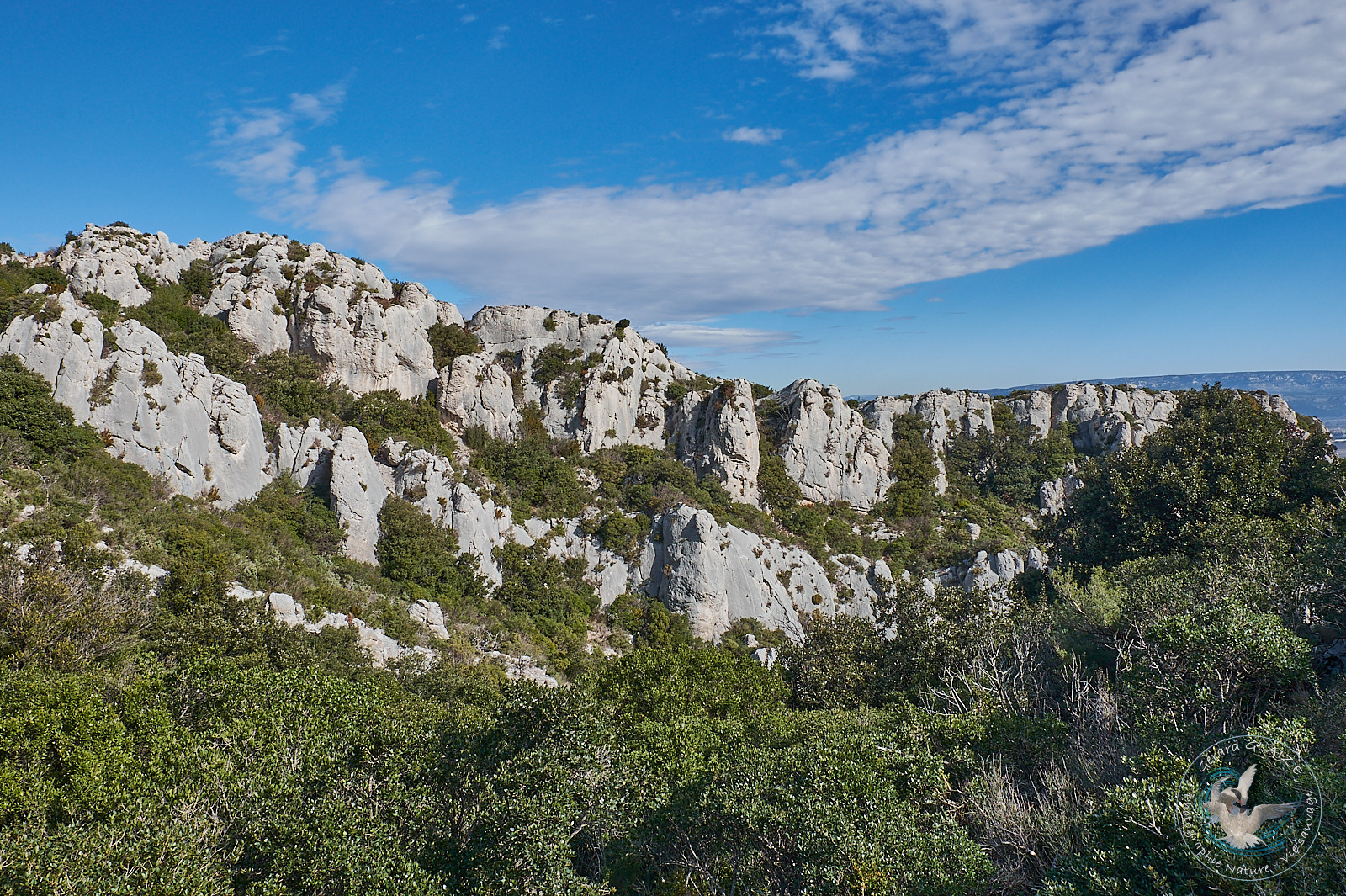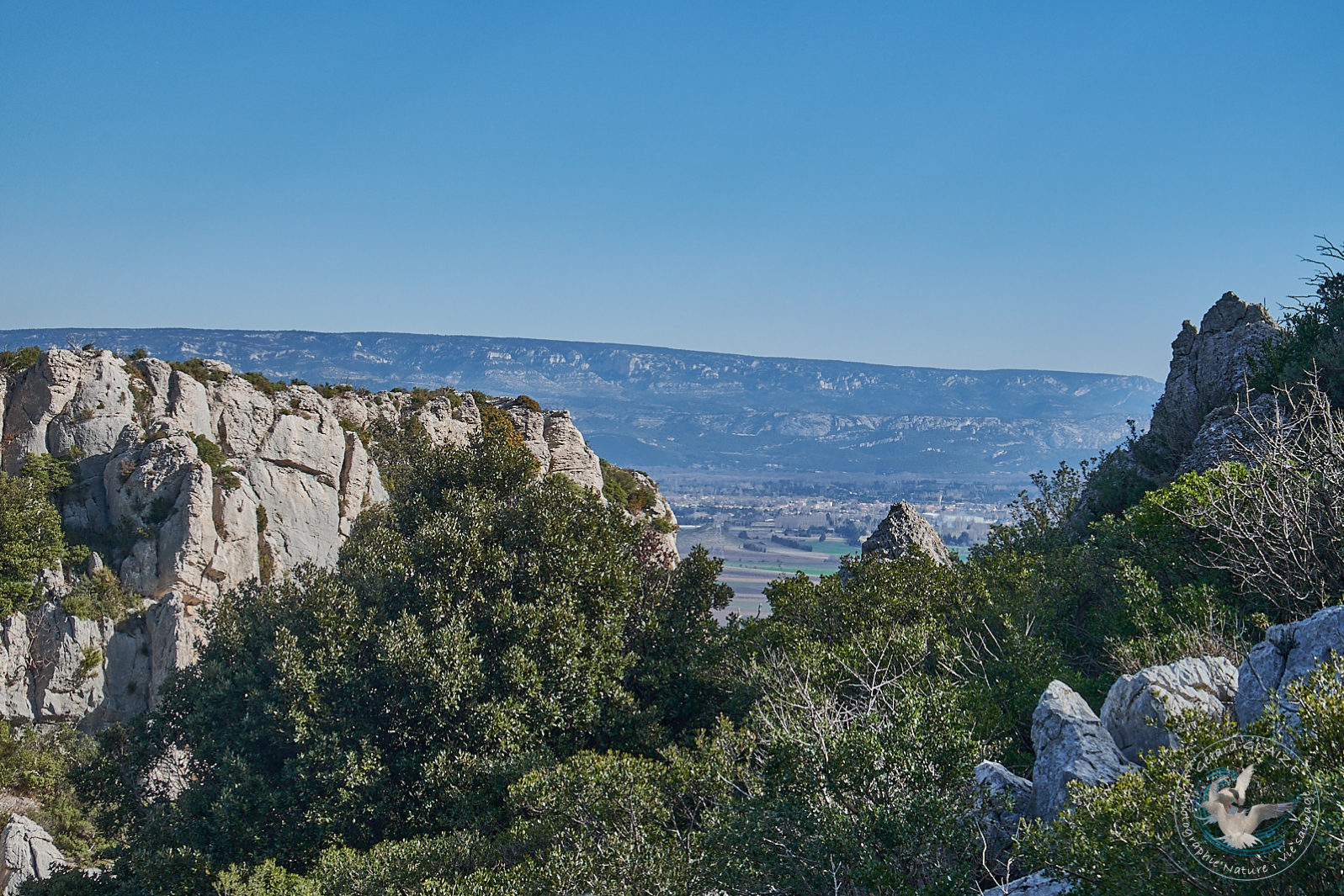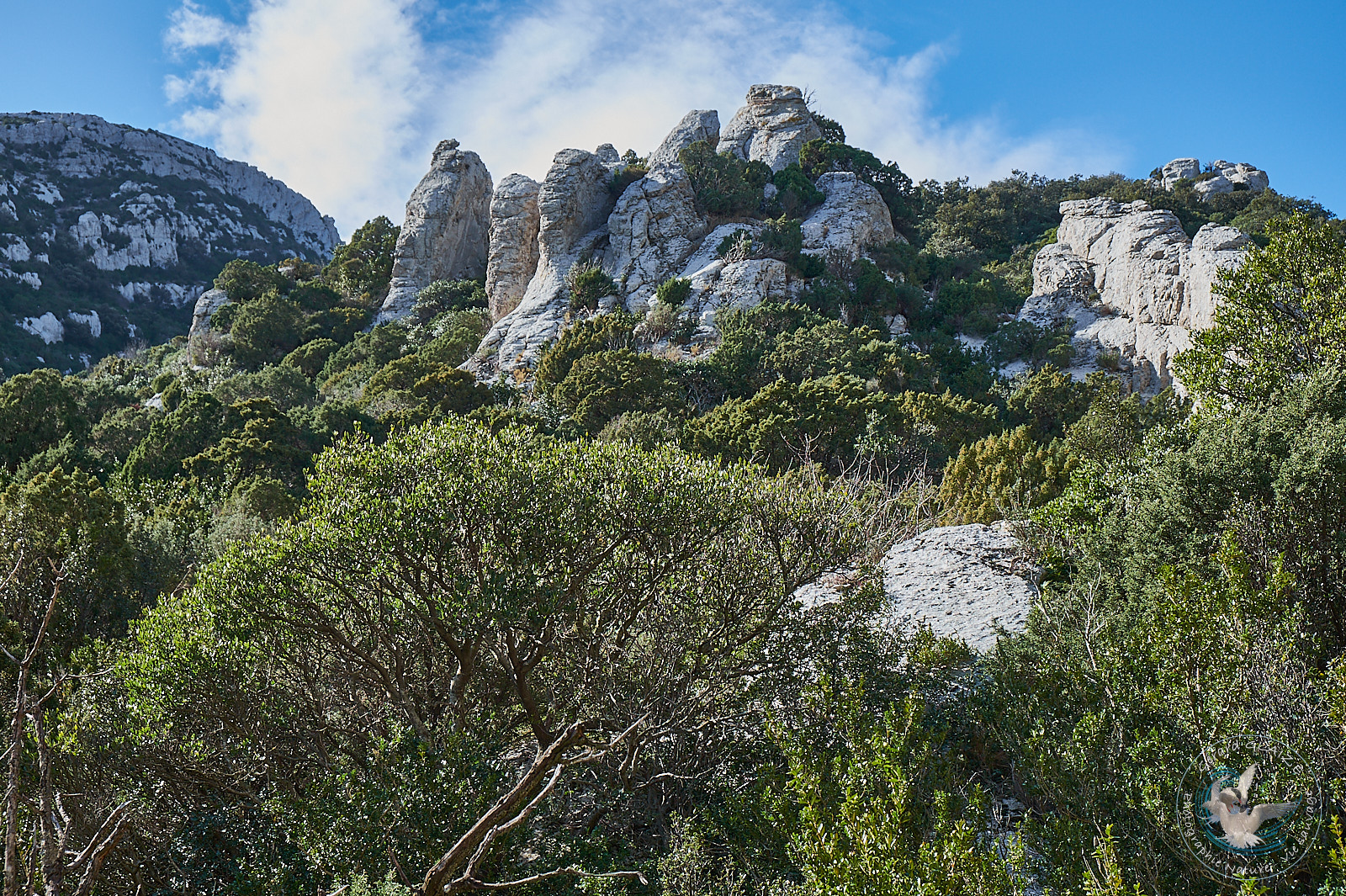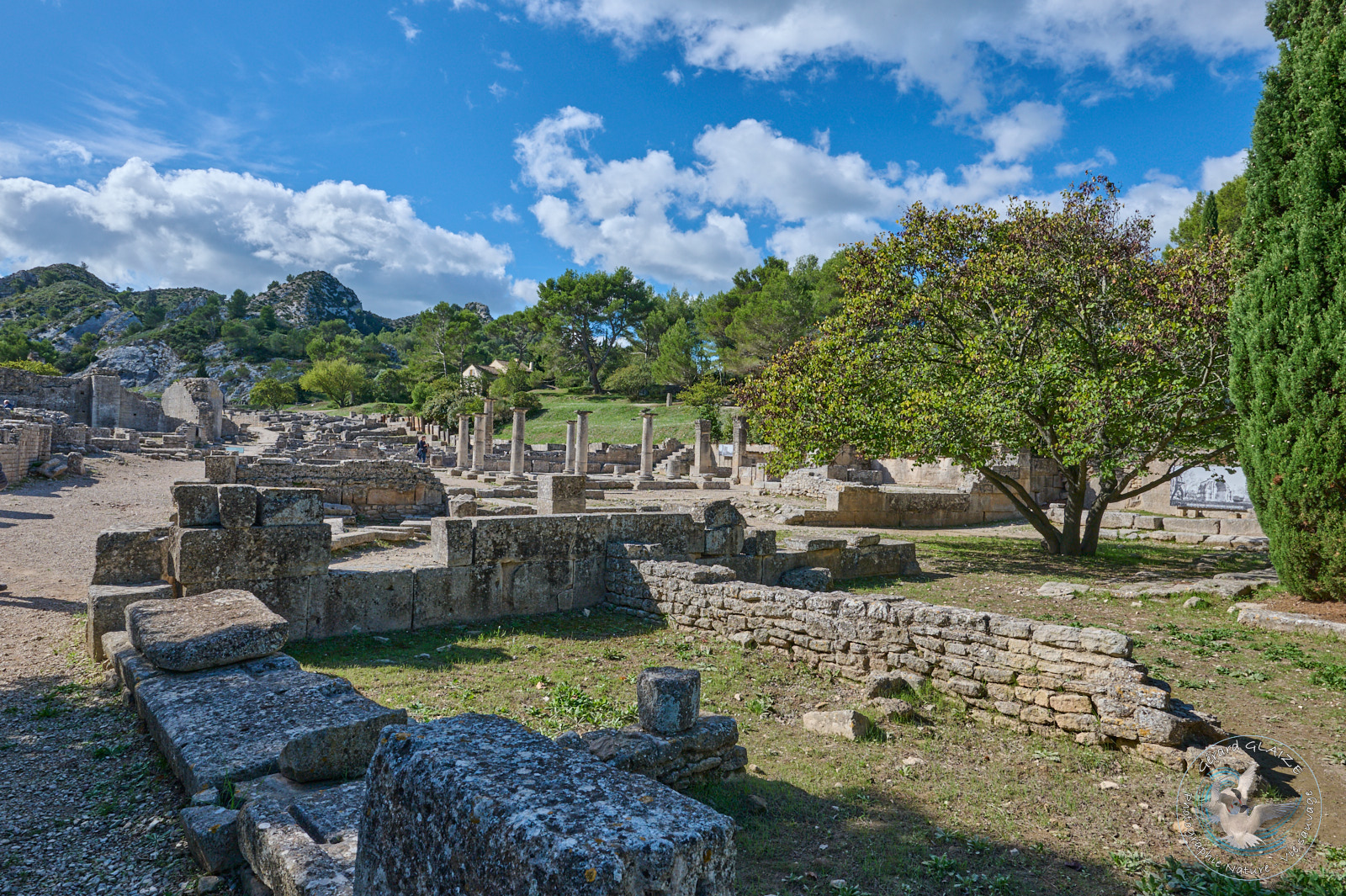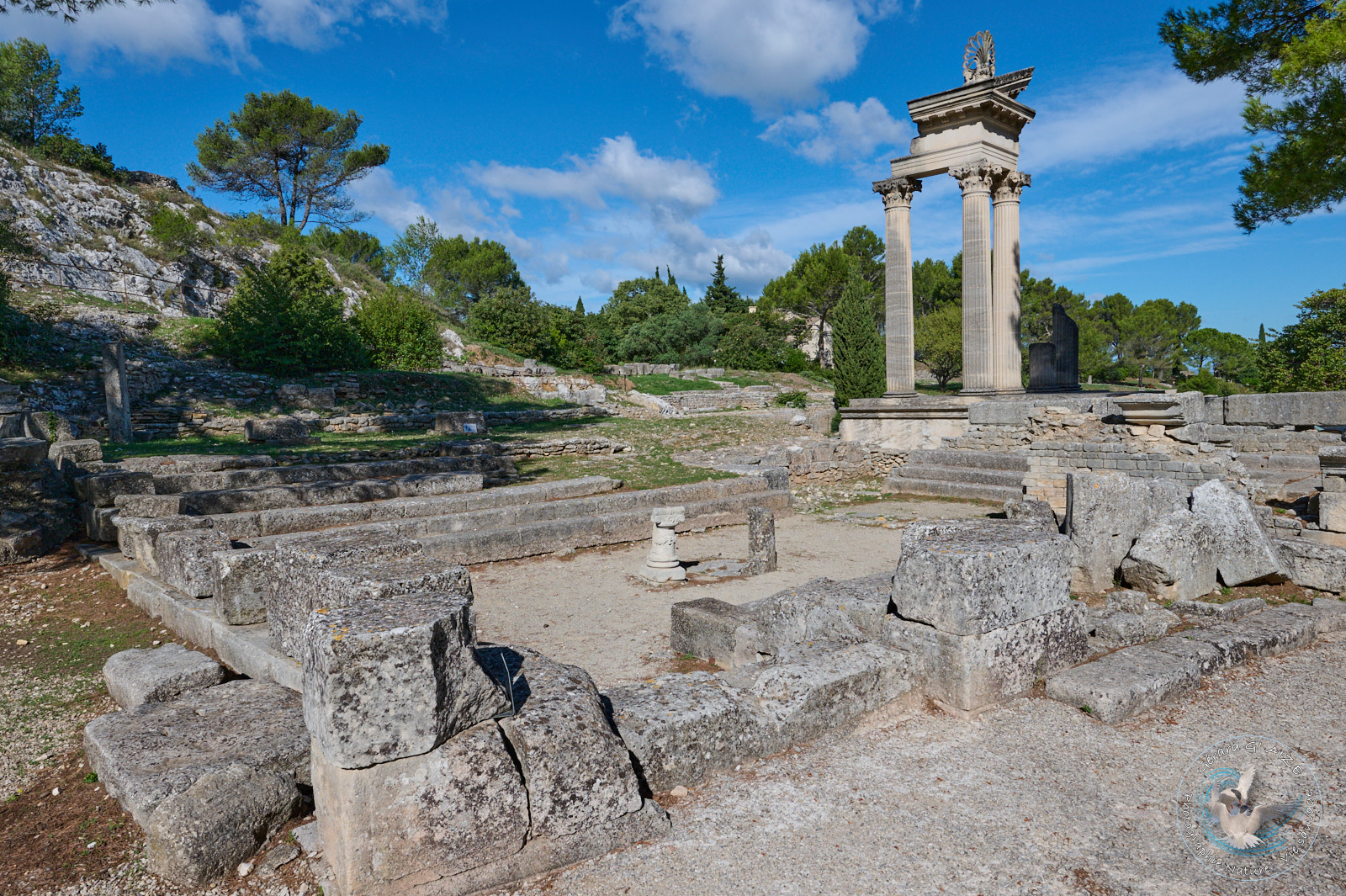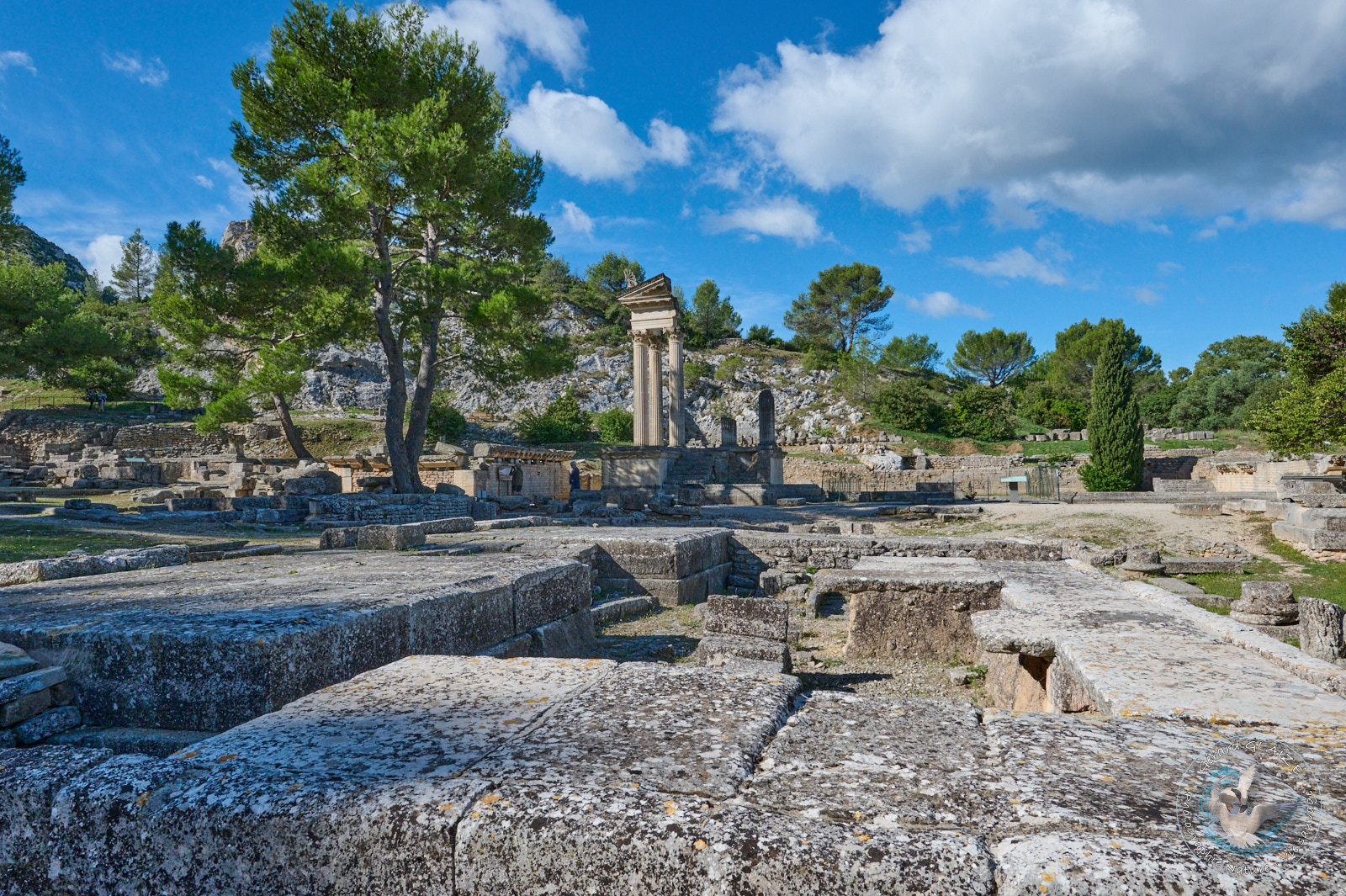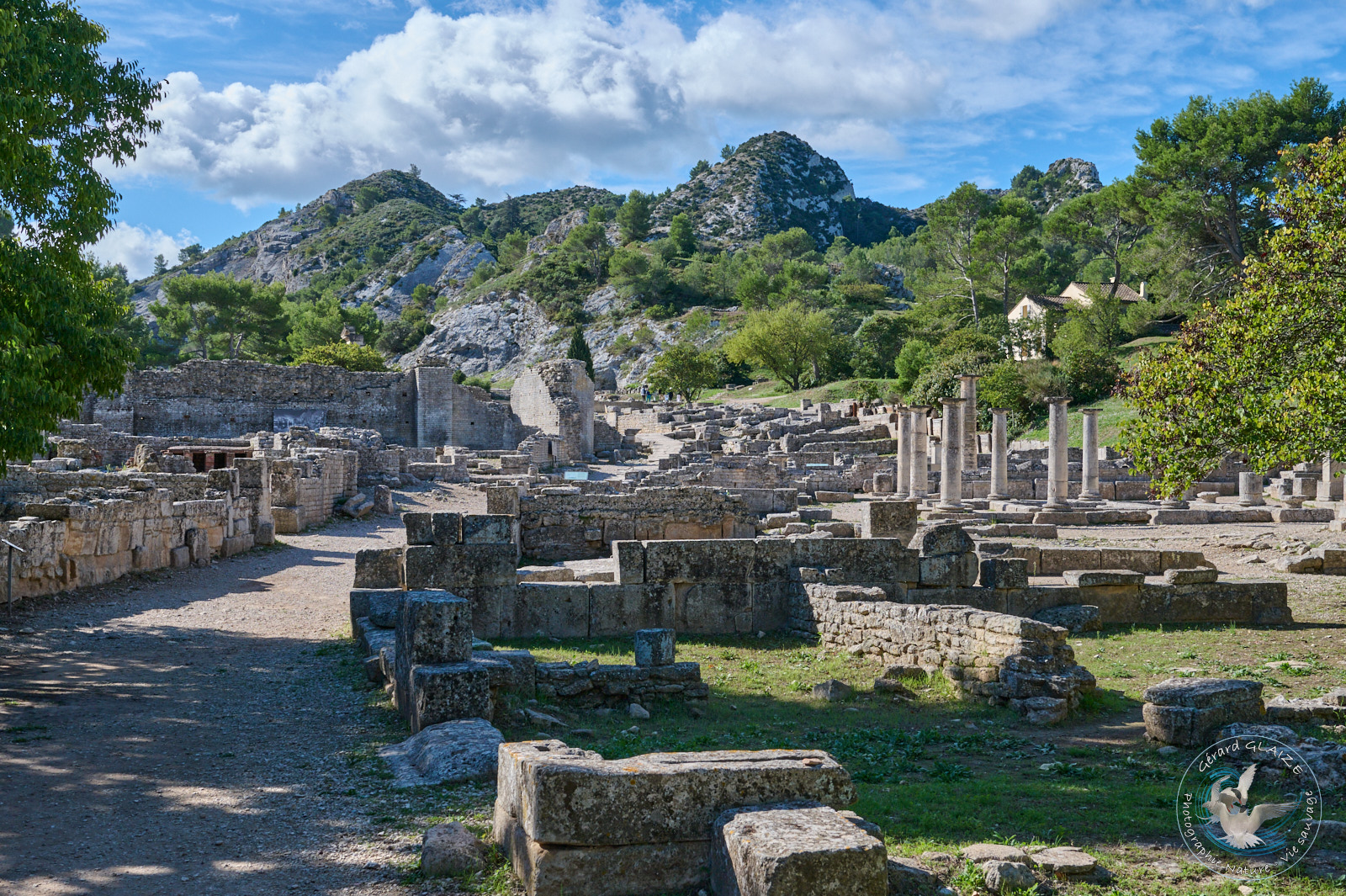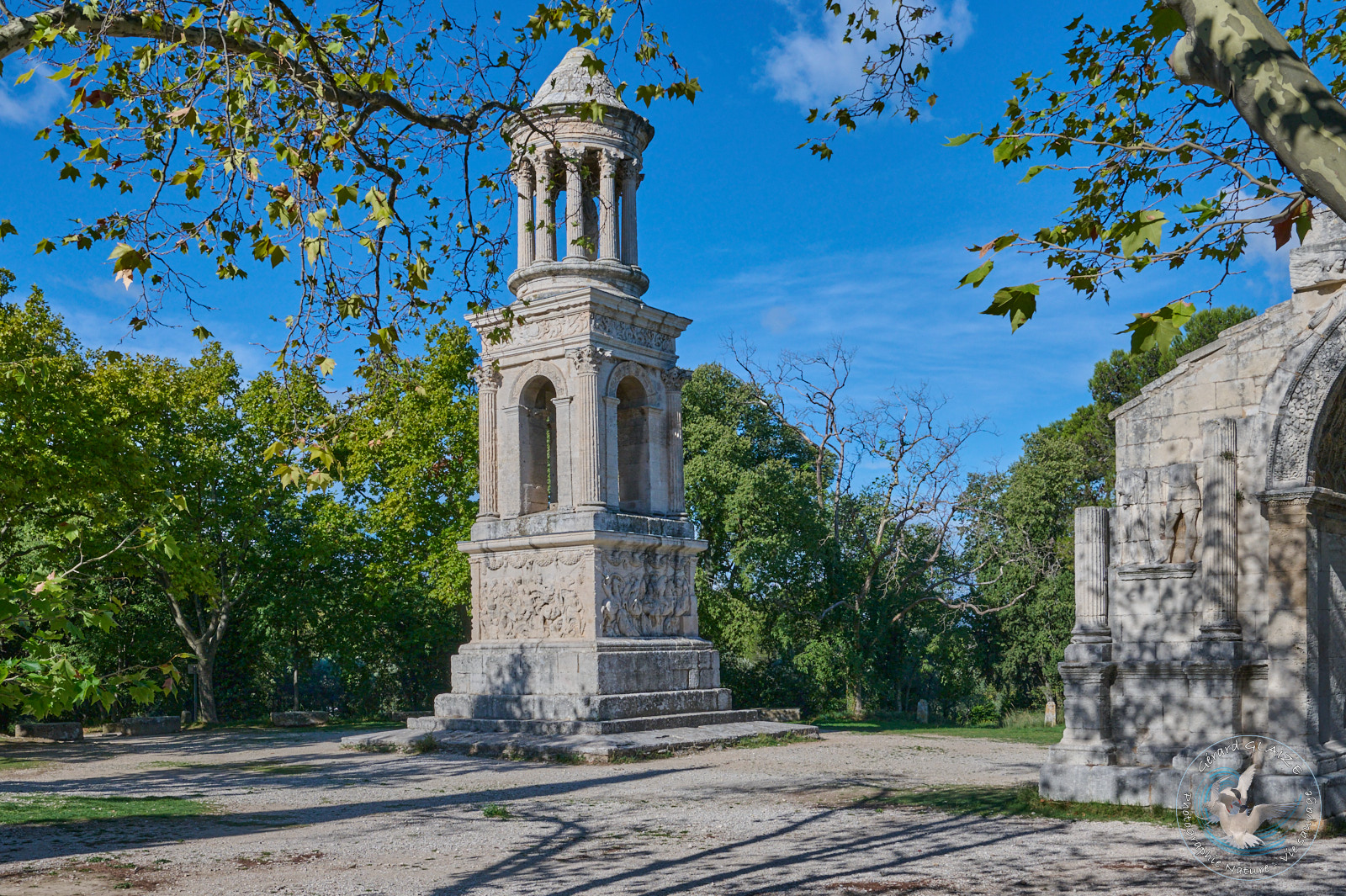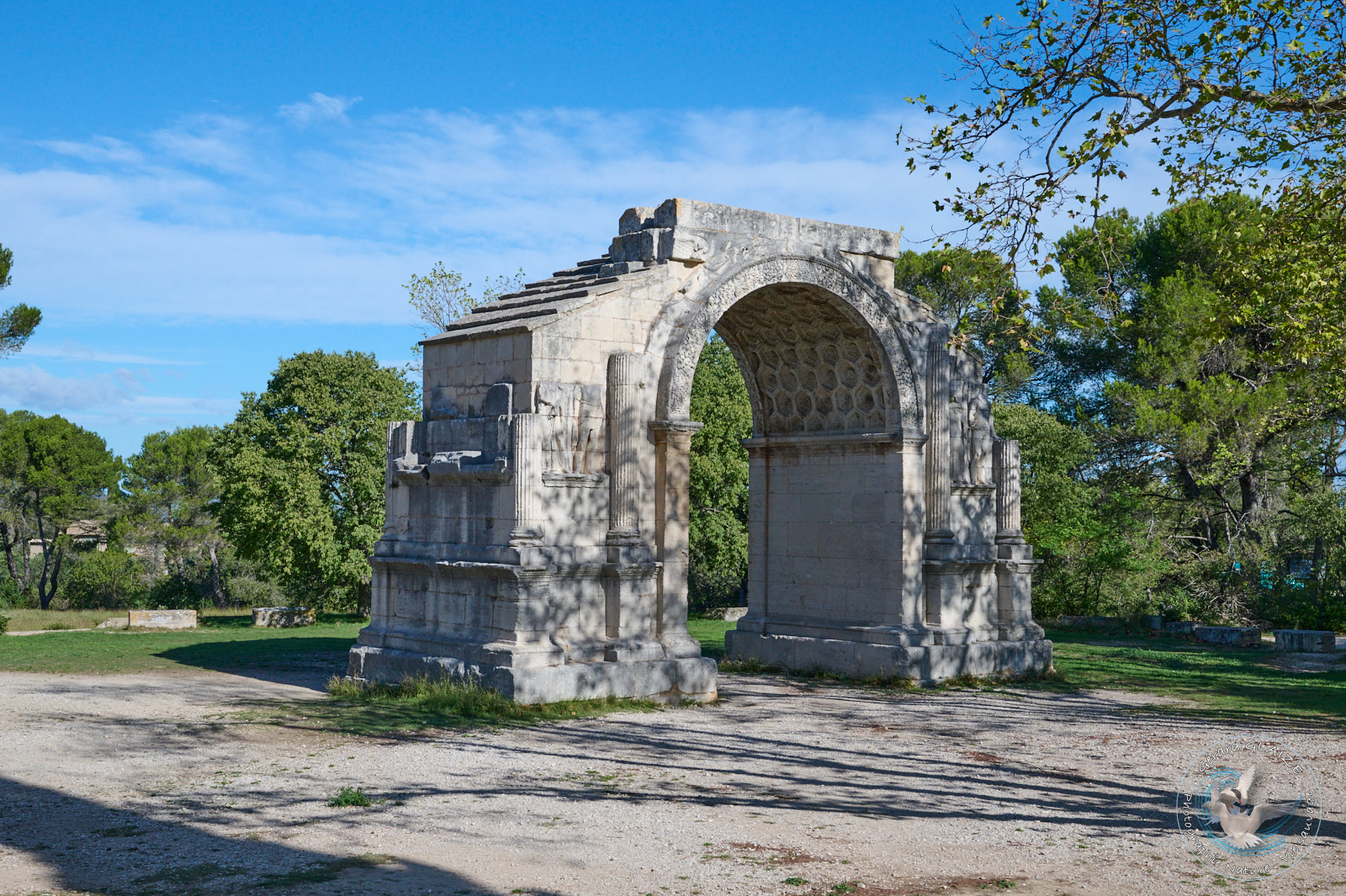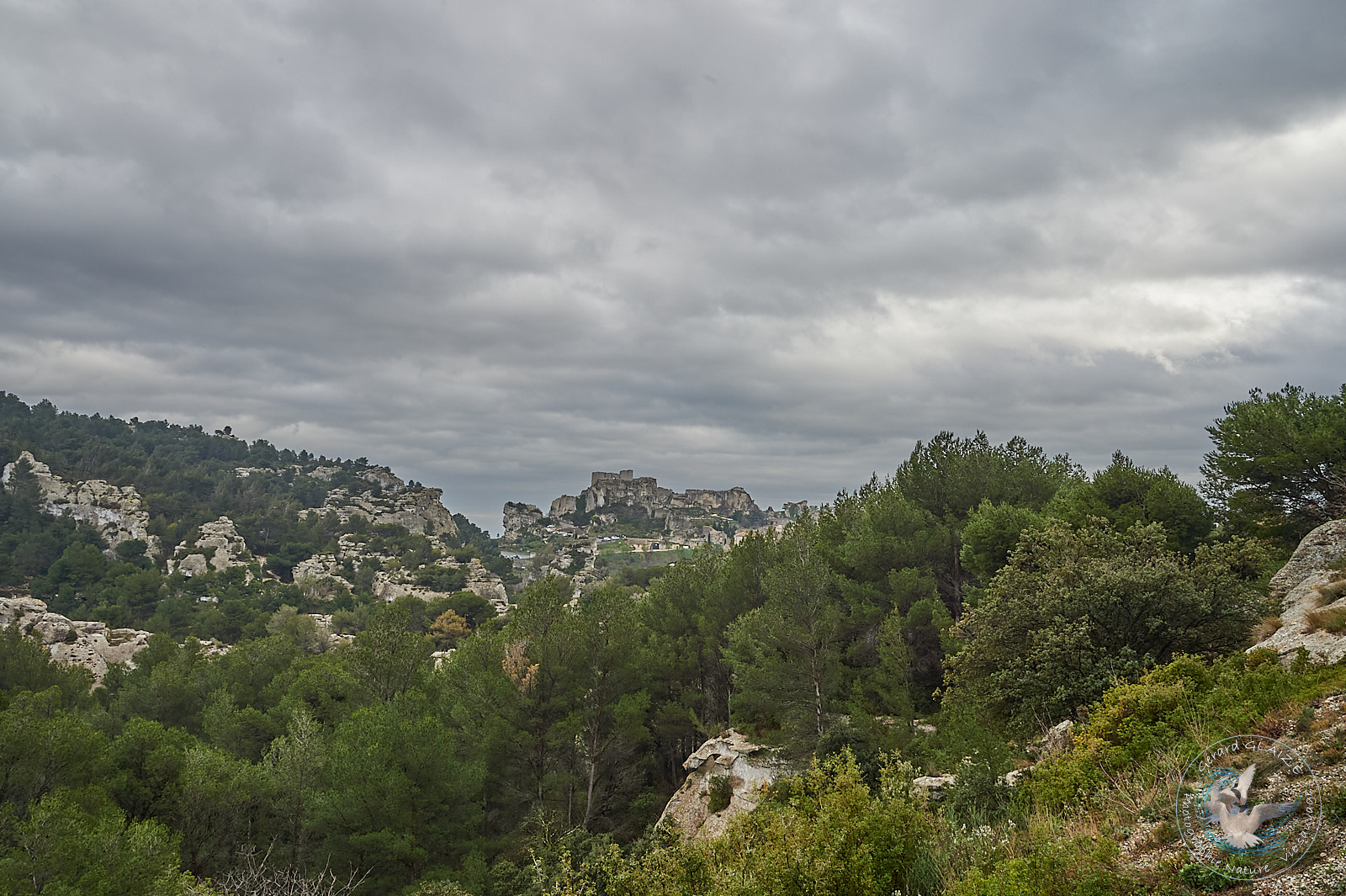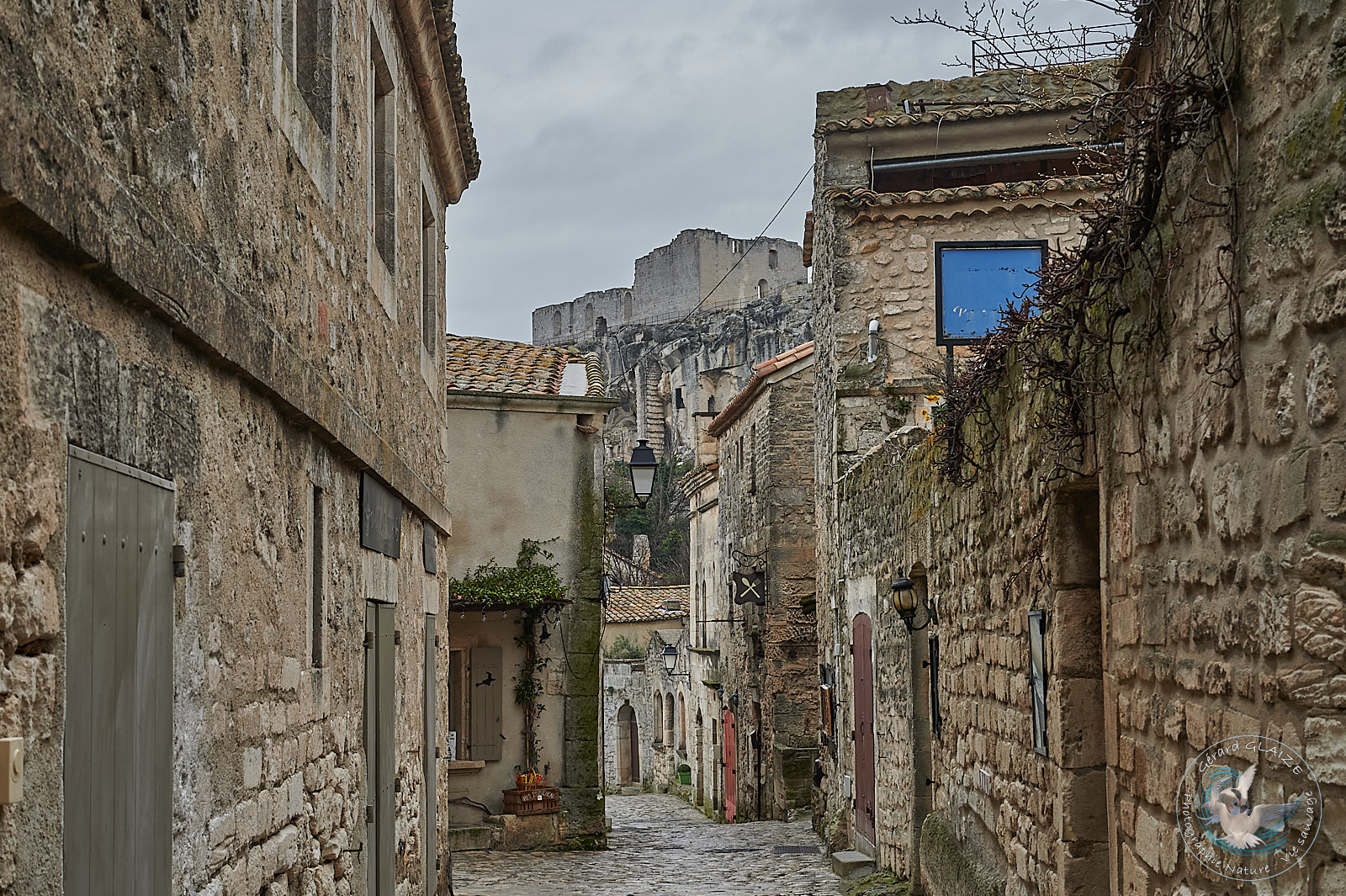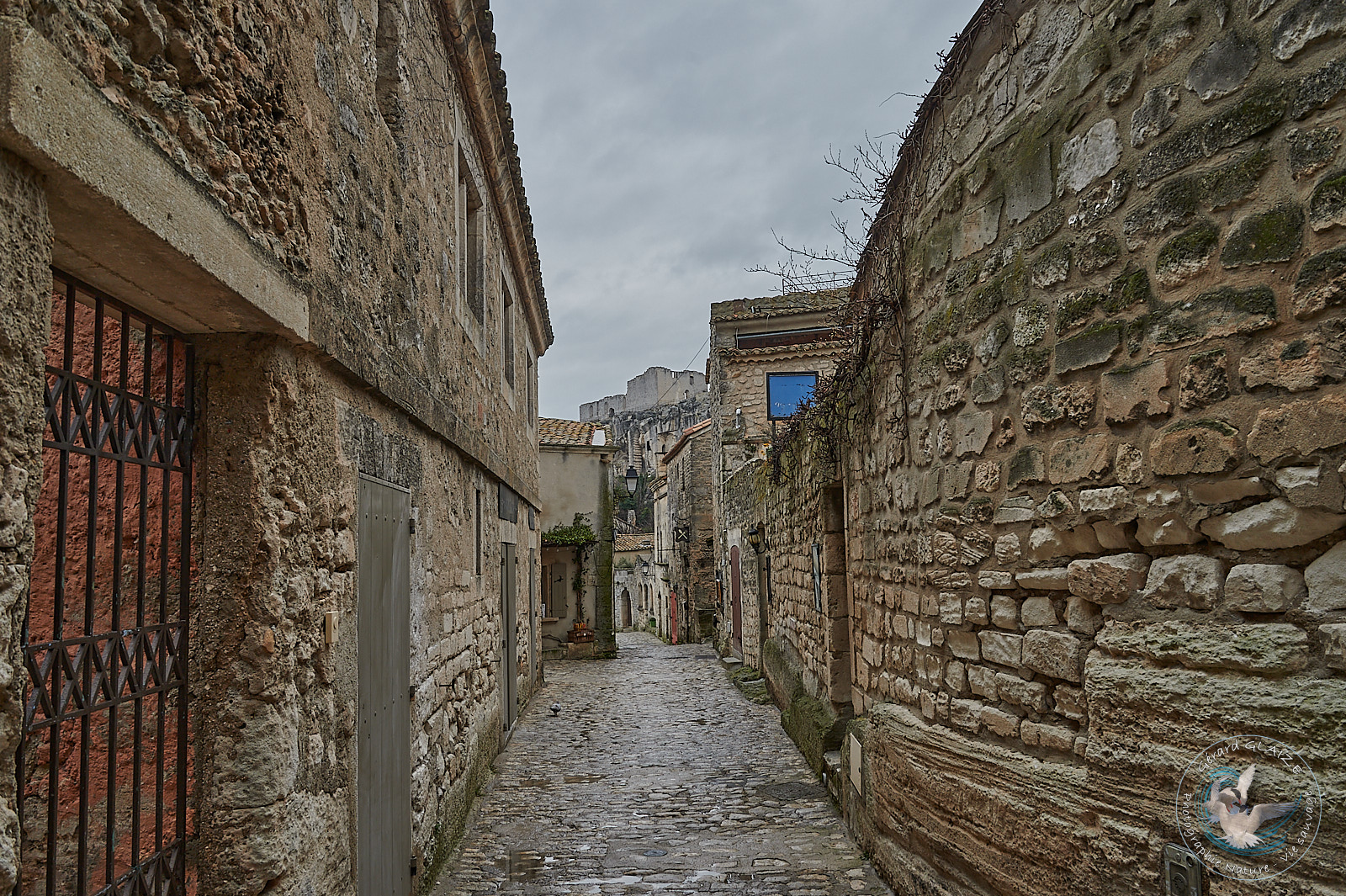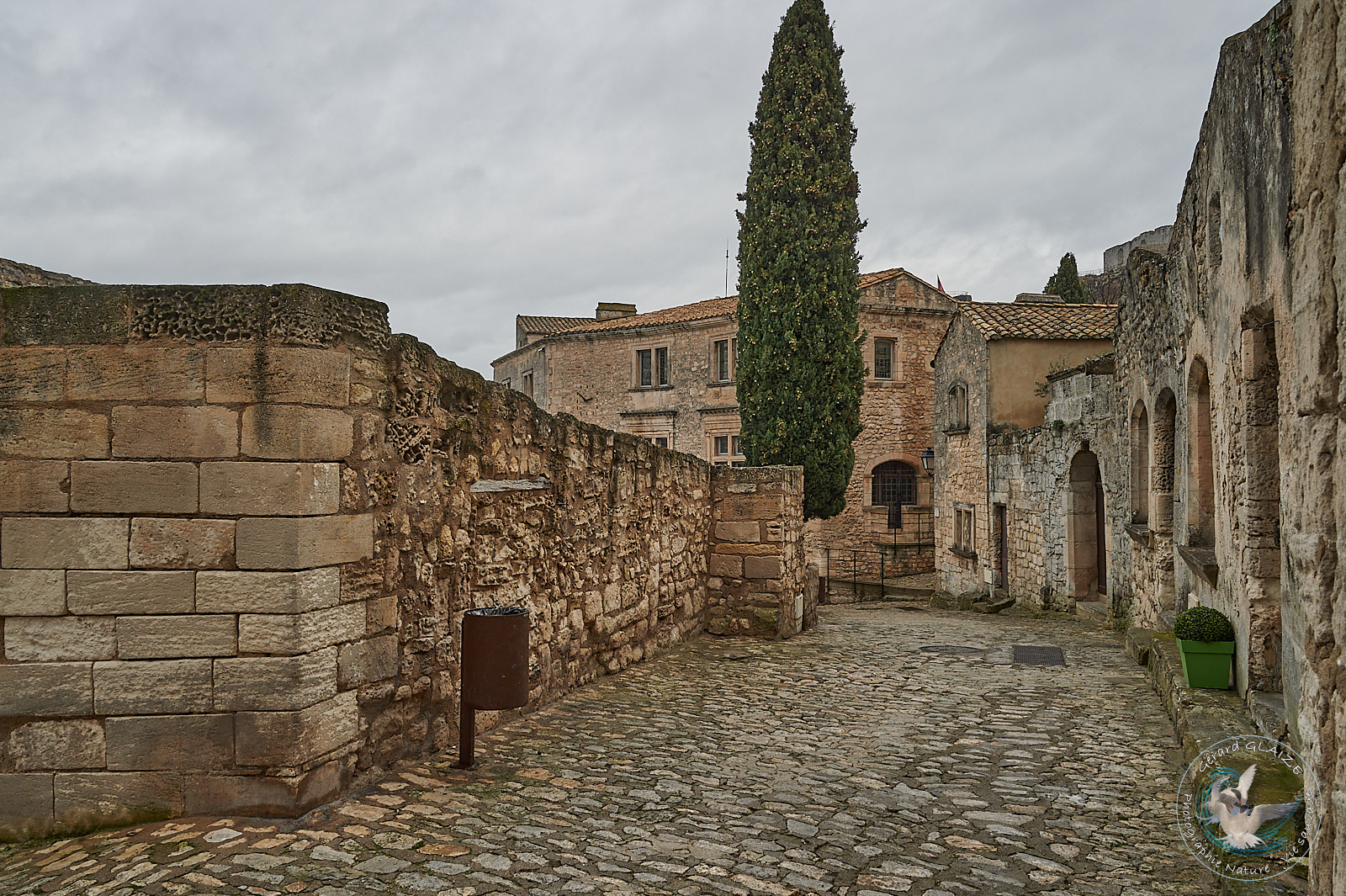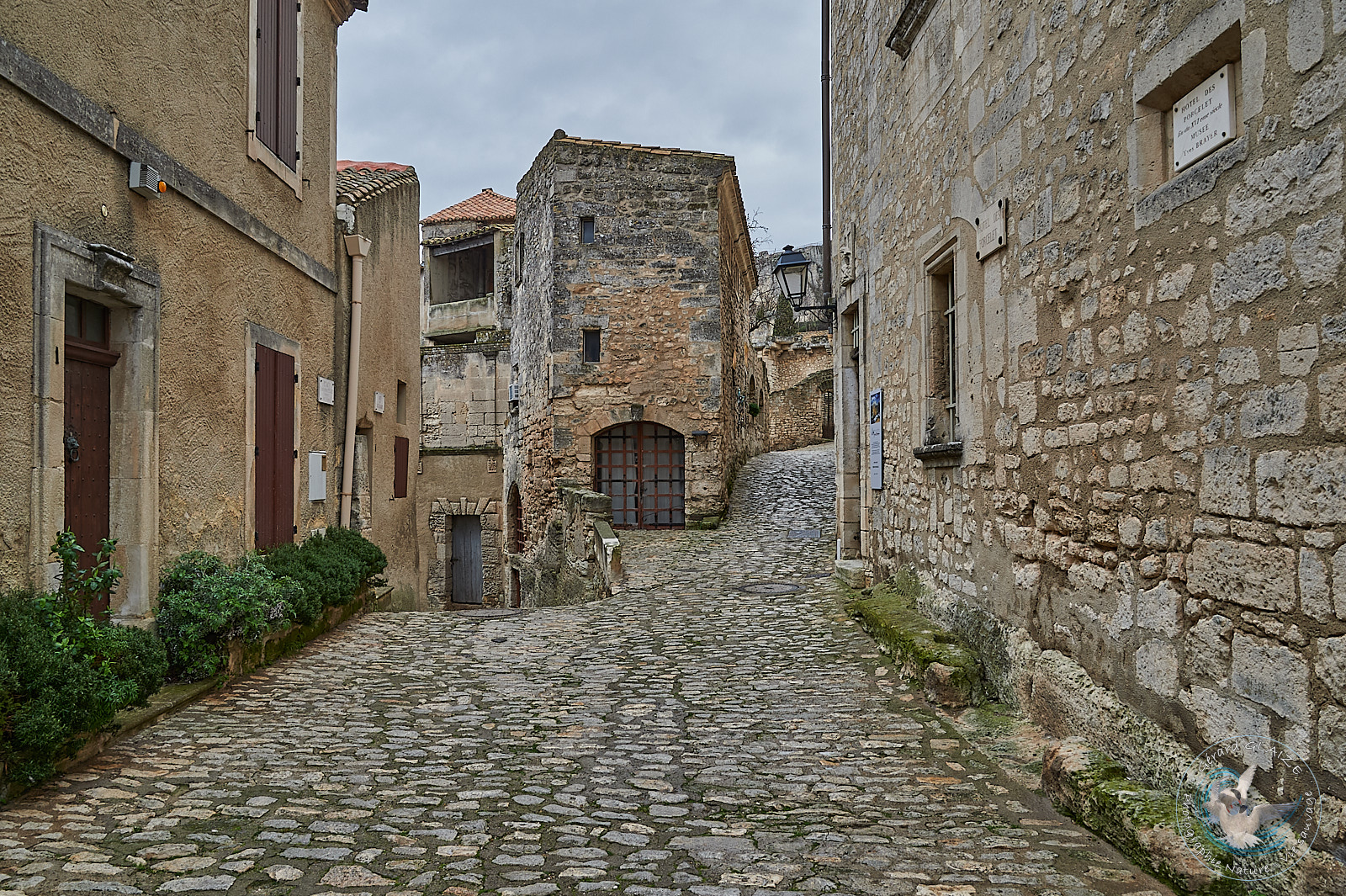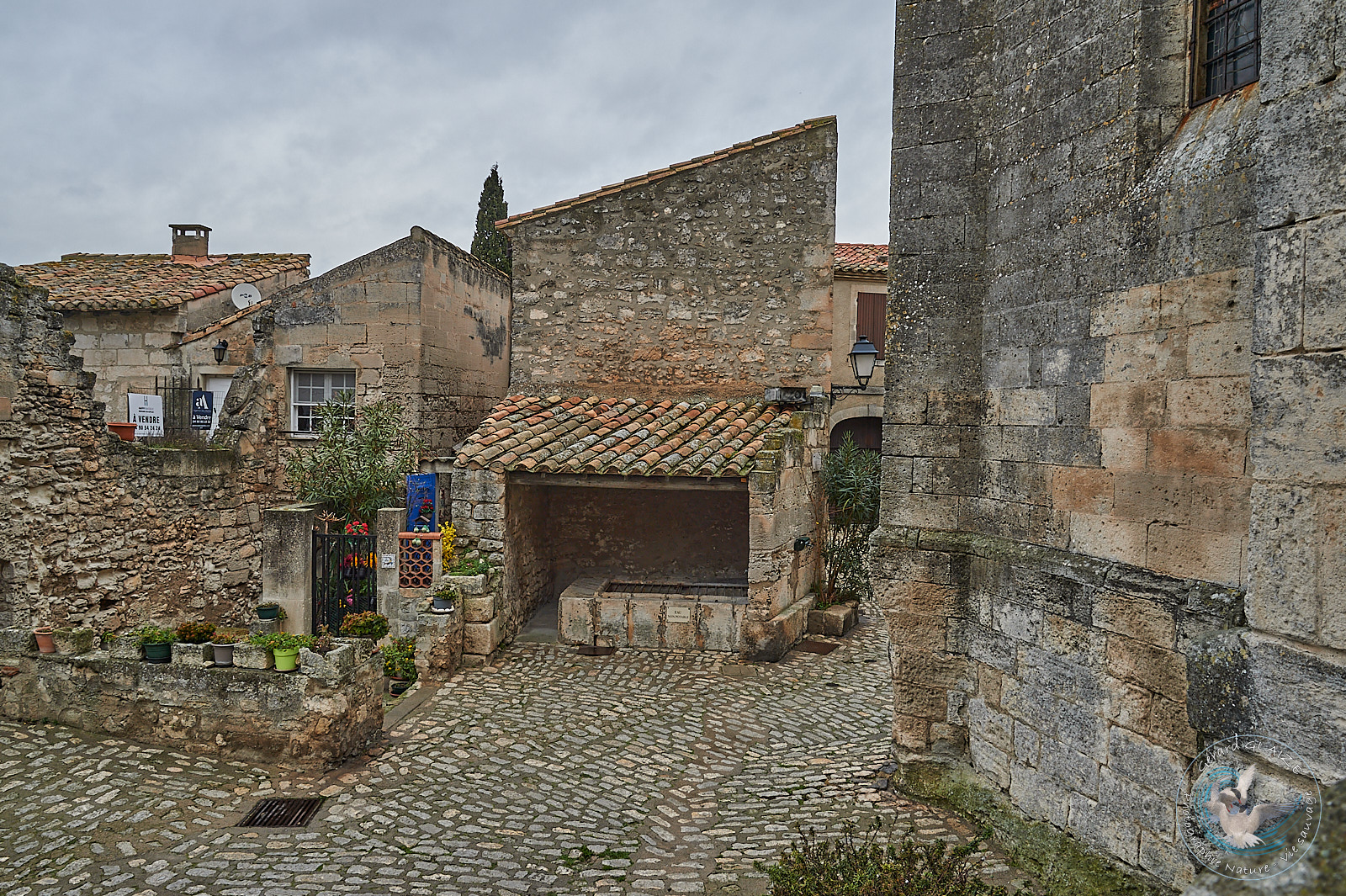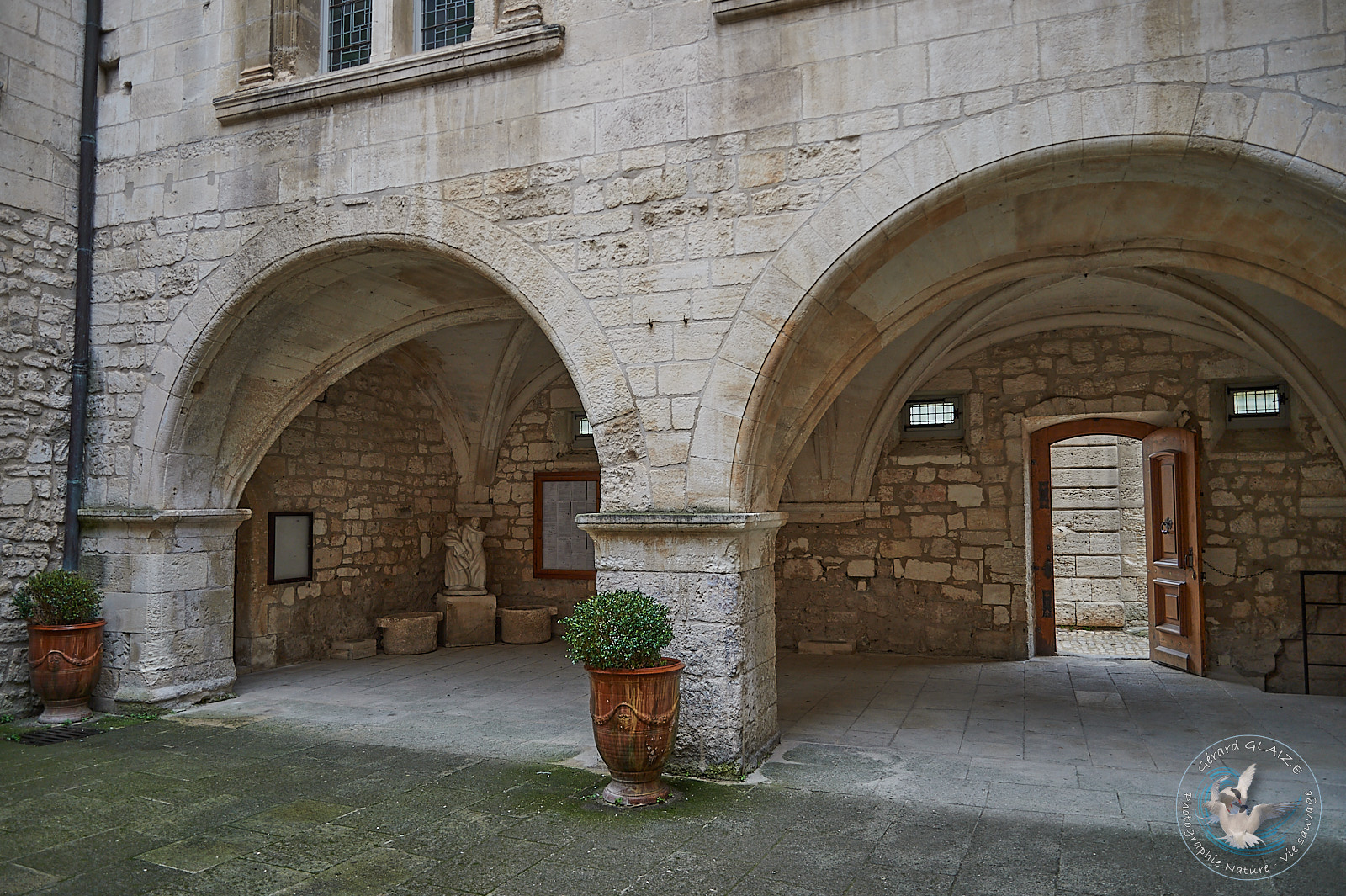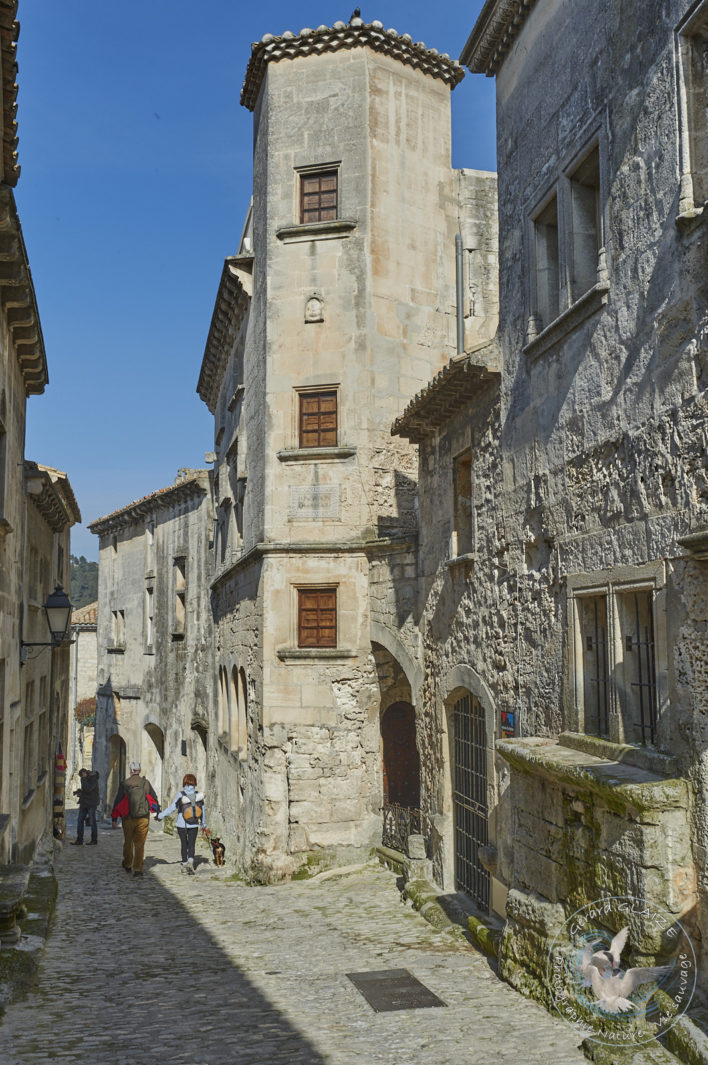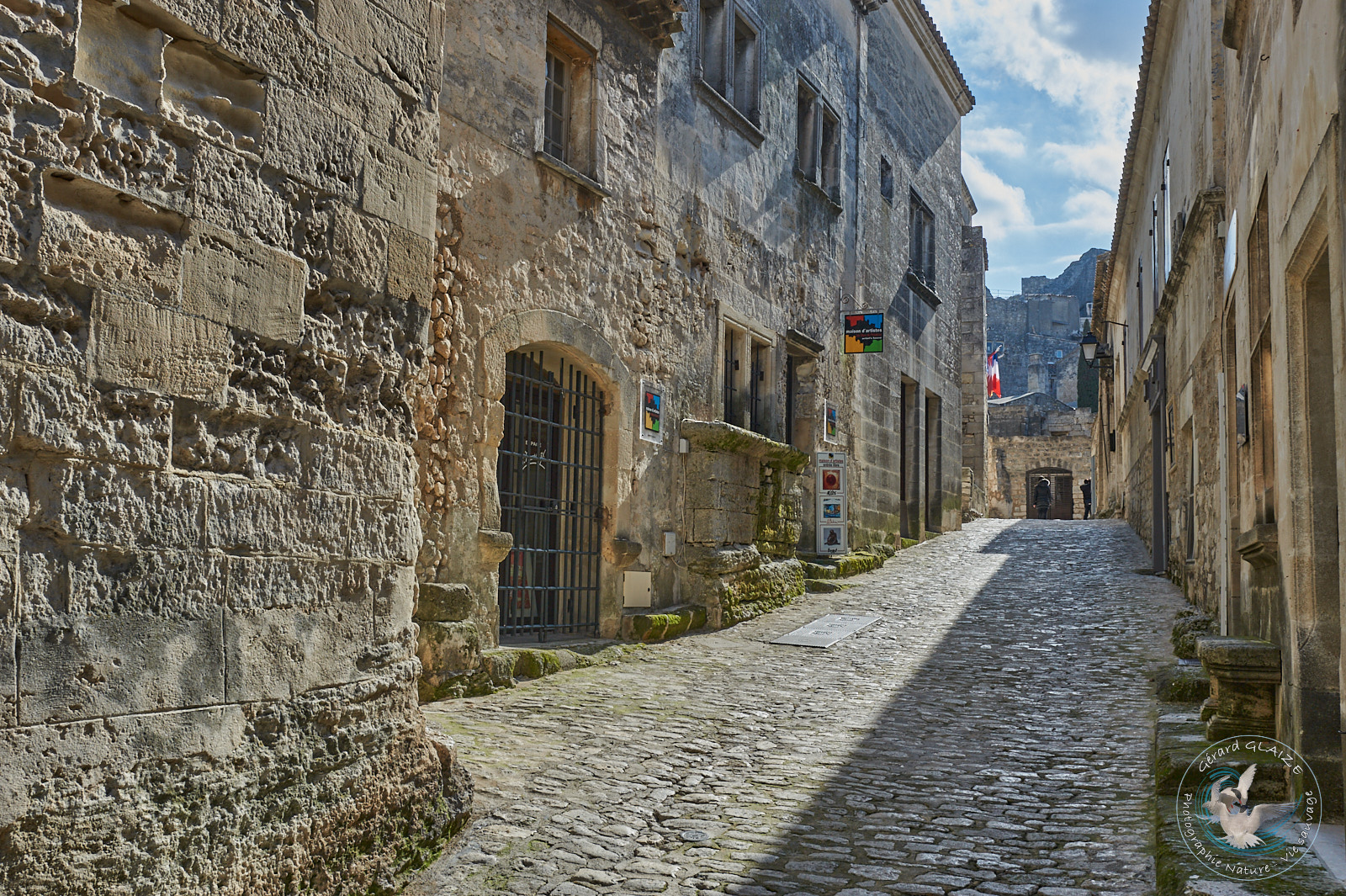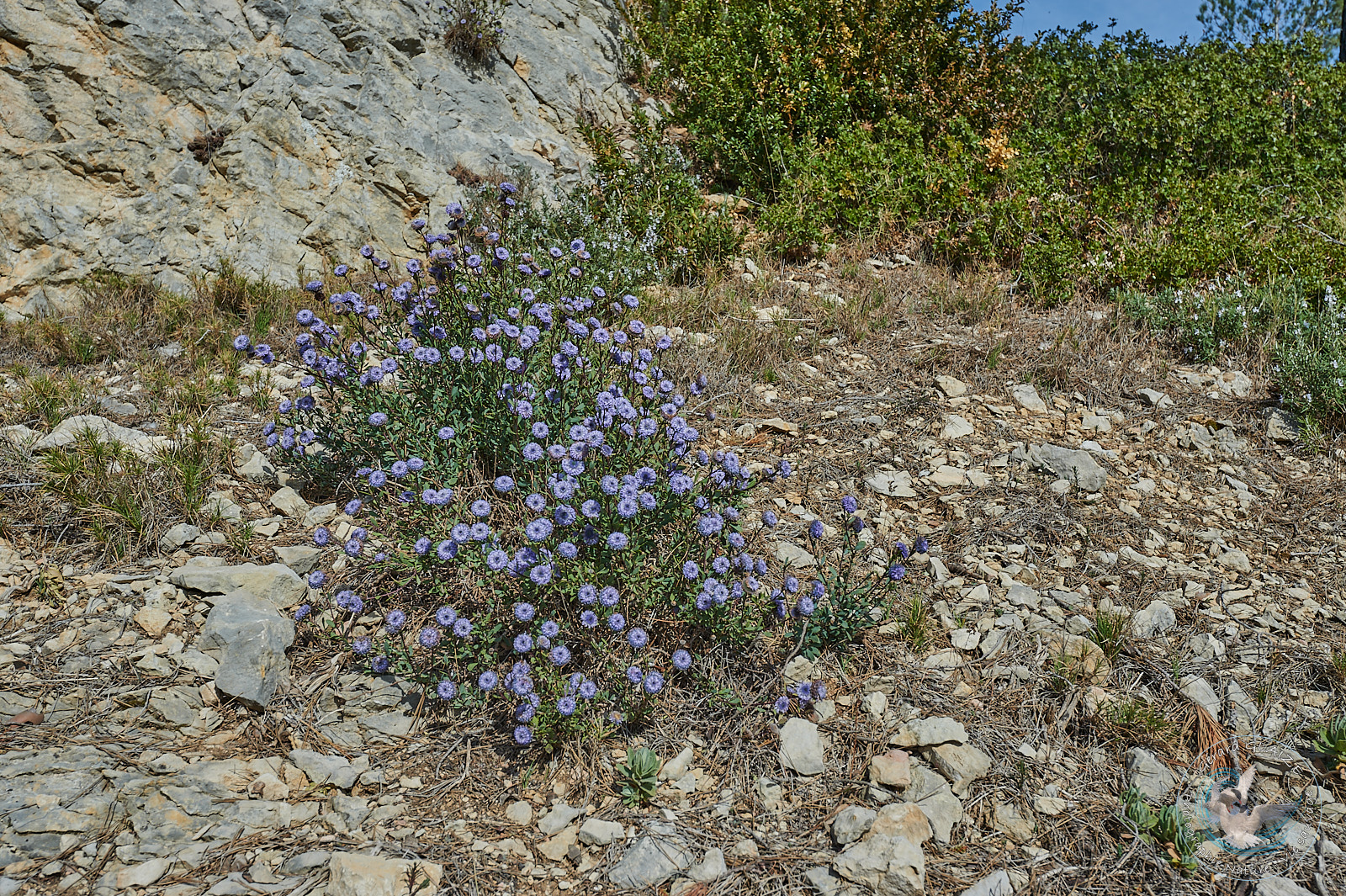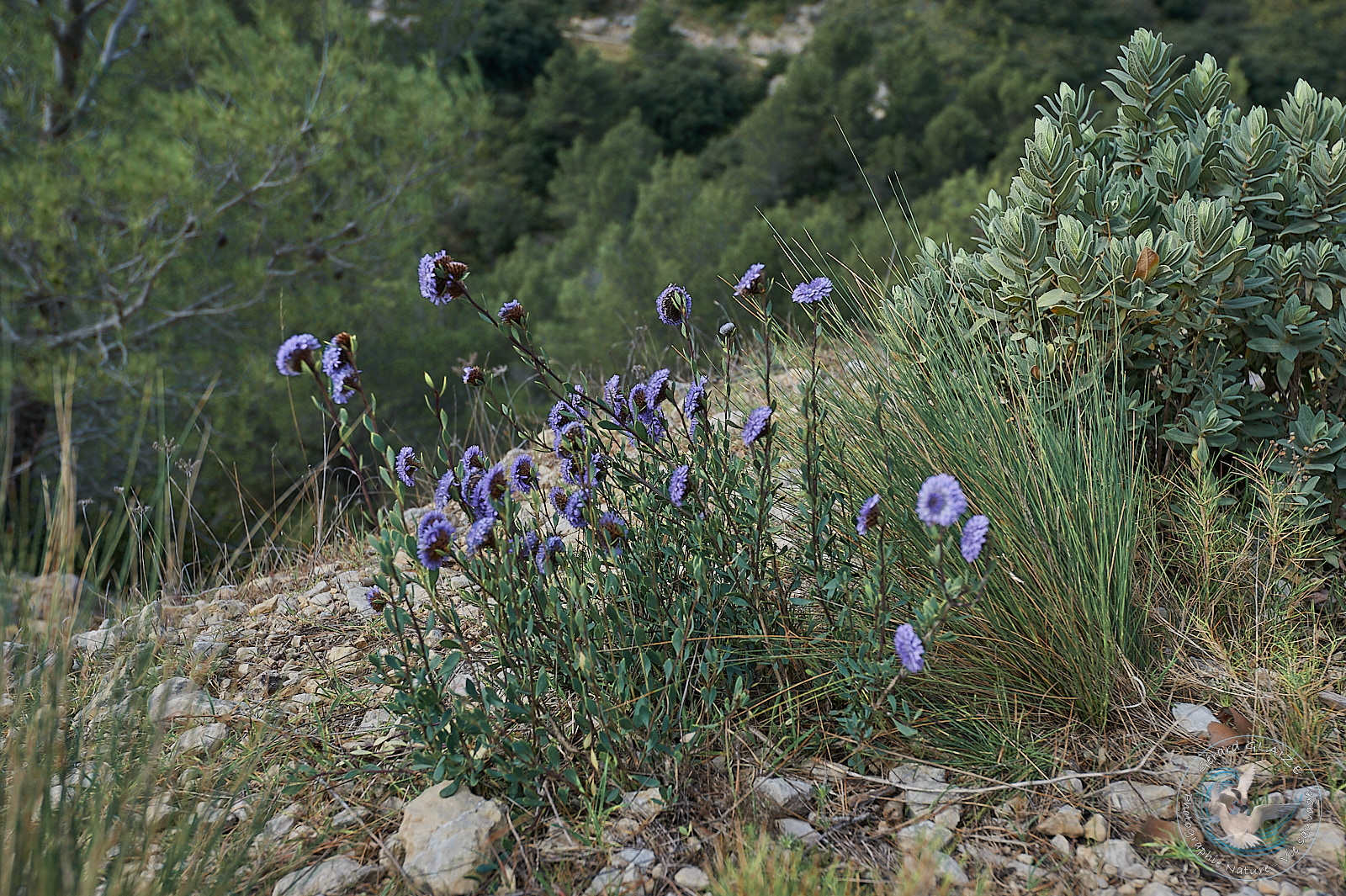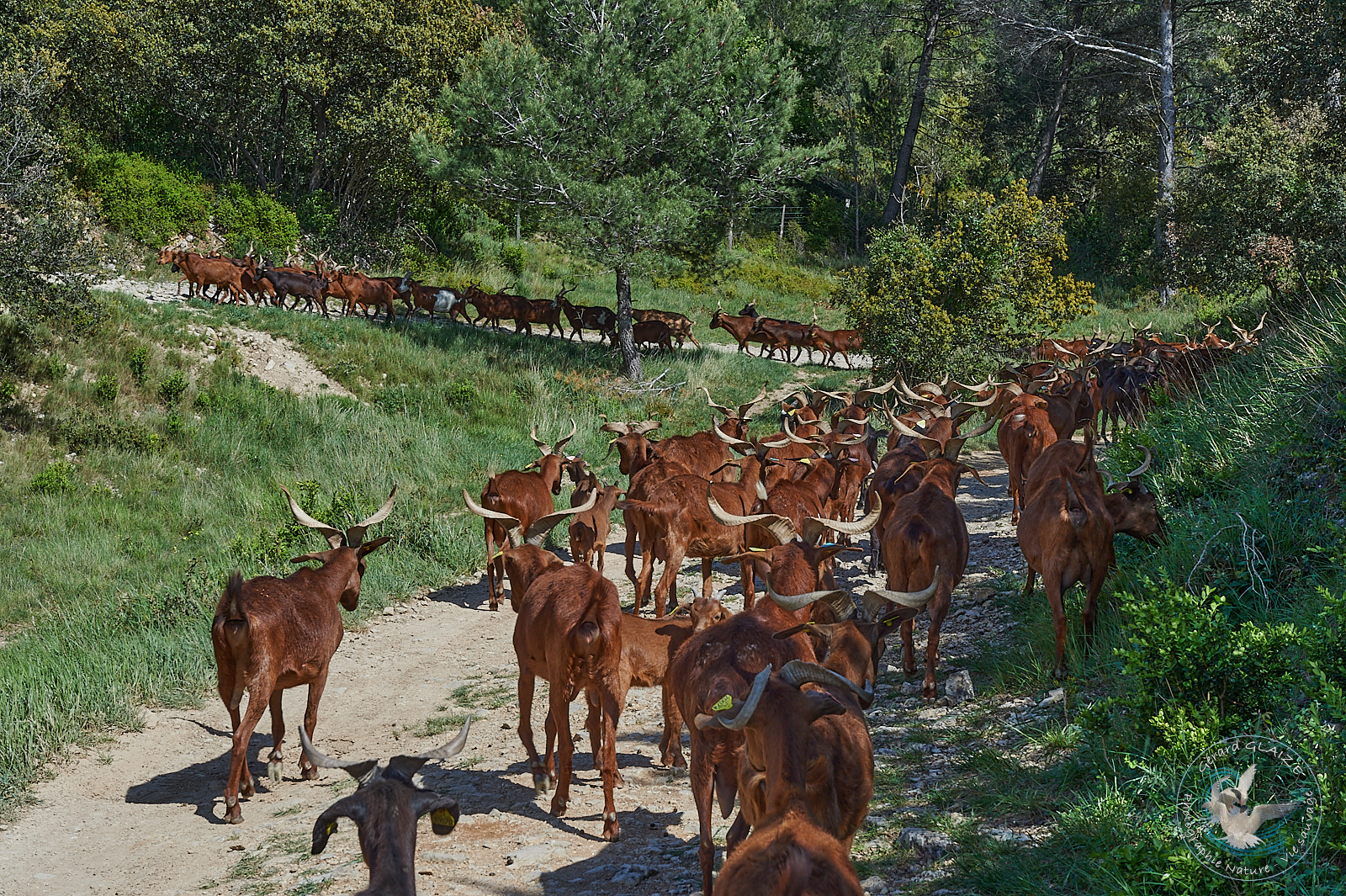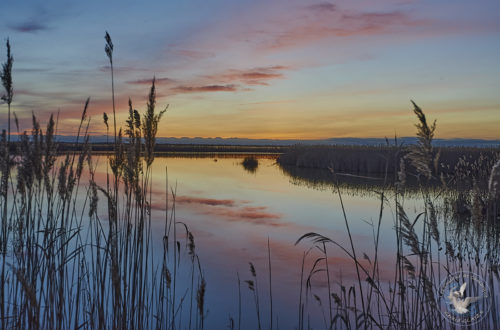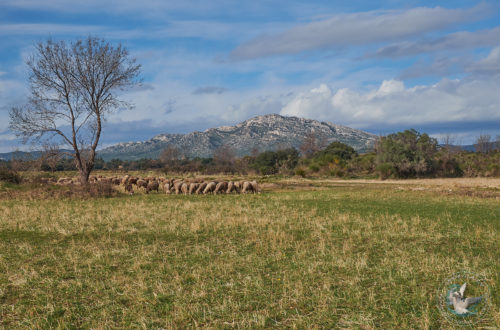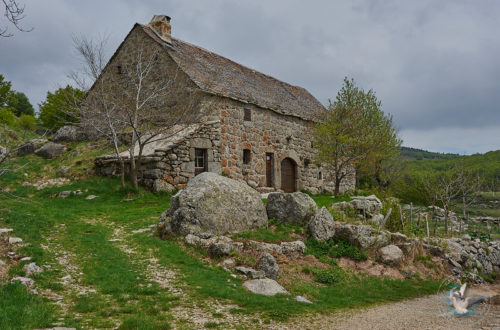The Alpilles
Geographic location

The Alpilles massif is a low altitude mountain range, with an original landscape of white limestone rocks. This massif is located in the south of France in Provence, in the northwest of the French department of Bouches-du-Rhône.
It extends from west to east between Tarascon and Orgon over an area of 50,000 hectares. It extends along an east-west axis for approximately 25 km, from the Rhône valley to the Durance valley.
Several summit areas make it up:
- The main part of the massif, called the Alpille (aupiho, “Little Alpe”), stretches from the Saint-Gabriel chapel in Tarascon to the road linking Aureille to Eygalières.
- The Opies, to the east of Alpille: three small peaks also make up this area: the Opies ridges, Mont Menu and Défends (communes of Eyguières, Lamanon and Aureille).
- The Hills (or Rochers de la Pène) are a narrow range stretching to the south of the massif from which it is separated by departmental road 17 (Arles-Paradou).
- The Costières, located in the commune of Saint-Martin-de-Crau, is a plateau which marks the southern limit of the massif. This gains altitude as we progress towards the north, and slopes steeply onto the Baux marsh, south of the Pène rocks.
- The Chaînons are a set of low altitude peaks (approximately 50 meters) between Aureille and Montmajour characterized by the sets of valleys they shelter. The Caisses de Jean-Jean are also the best known of these chaînons.
See the Alpilles Map on Google Map
Gallery on the Alpilles
The Alpilles – Opies Massif
Opies is the highest point located at a height of 498 m in this chain of limestone hills. From its summit, you will discover a magnificent view of the giant of Provence, Mont Ventoux.
The remarkable points
Remarkable points to see in the Alpilles massif :
- Village of Eygalières is located on the northern edge of the massif ten kilometers from Saint-Rémy-de-Provence. This village of less than 2,000 inhabitants is located in the heart of the Alpilles regional natural park.
- The small village of Aureille is located on the southern slopes of the Alpilles. It is pleasant to walk through its pretty picturesque streets. The highest point of the natural park, Les Opies, is located just above the village if you decide to tackle this small summit.
- Site of Glanum is an ancient city in Saint-Rémy-de-Provence. The Gallic oppidum of Glanum locked the foothills of the Alpilles. Around a sacred source was erected, this ancient Gallic city, which became Roman.
- Castel of Baux de Provence is a must-see site in the Alpilles. It is located on a rocky spur in the heart of the chain of limestone hills. It is recognized as one of the most majestic places in France. It is classified as a Historic Monument. The Baux de Provence village at the foot of the castle is one of the most beautiful villages in France.
- Other villages located in the Alpilles are magnificent. We can cite the villages of Fontvieille, Mouriès, Maussane-les-Alpilles, Le Paradou…
The archaeological site of Glanum
Baux de Provence village
The Plains of the massif
Apart from these summits, several plains characterize the Alpilles massif:
- Baux marshes, between the Costières and the Pène rocks, with their surroundings populated since prehistoric times, present a flat surface that dried up during the 19th century.
- Fontvieille plain, located to the north and north-east of this commune, owes its existence to the cohabitation of the massif with the alluvium of the Rhône. Today it is a large triangular area dedicated to the cultivation of vines and olive trees.
- Roquemartine plain, in contrast, is located north of Eyguières and has severe relief with grassy slopes used as pasture for sheep.
- The Plains are an immense plateau forming the junction between the plain of Roquemartine and Notre-Dame de Beauregard (commune of Orgon). This plateau is covered with a dense holm oak forest.
- Plain of Saint-Rémy-de-Provence marks the northern limit of the massif. Home to the ancient site of Glanum, this plain is fertile. The painter Vincent van Gogh also immortalized the landscape during his stay at the Saint-Paul de Mausole asylum (1889-1890).
- Eygalières plain (named “vallon des Prés” as a whole and “plaine des Calans” for the part south of Eygalières) has large areas of olive groves and tends to become more urbanized than the rest of the massif.
- Plain of Baux, at the foot of the village of the Baux de Provence, as well as the plain of Fontvieille are plains for growing vines and olive trees.
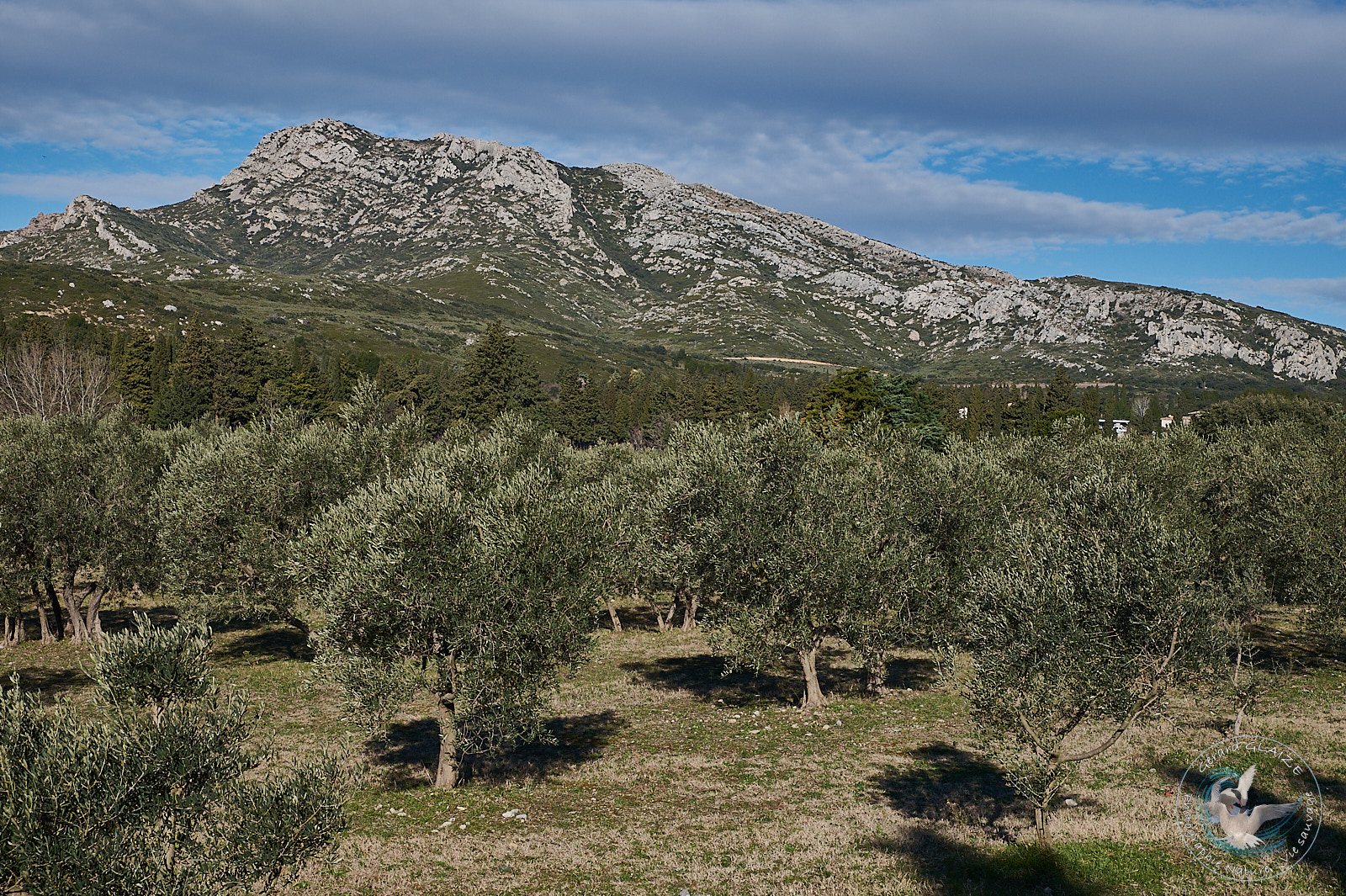
The Olive Trees in the Plain of Baux
Hydrography
Numerous streams run through the Alpilles massif, they are called “gaudres”. This name of gaudre actually comes from the Provençal gaudre: “small stream”. It thus designates a watercourse that is often dry in summer and has low flow the rest of the year. Several roubines and canals were created to drain or satisfy the water needs of the communes of the massif, in particular by intercepting certain gaudres.
Flora and Fauna
Concerning the Flora, significant populations of conifers are present in the massif. There we find, among others, the Aleppo pine and the Scots pine. We also find the Genet de Villars. Several plant species are also protected on the territory of the massif. We can cite, among others, the summer snowflakes (Leucojum aestivum) or the Marum-leaved sunflower (Helianthemum lavandulaefolium).
As for wildlife, many avian species nest in the Alpilles. We find nearly 250 species of birds on the massif, including 25 species of community interest. The most famous are the Bonelli’s Eagle, the Egyptian vulture, the lesser kestrel and the eagle owl. The rocks are also home to a species of lizard emblematic of the Alpilles, the ocellated lizard. This lizard, also considered threatened, is also a protected species.
The Pastoralism
Particularly suited to the Alpilles, pastoralism is therefore an essential activity. Indeed, due to its role in maintaining biodiversity and avifauna, it promotes a mosaic of environments, the defense of forests against fires (DFCI) or even the maintenance of our exceptional landscapes. It therefore constitutes a fundamental economic activity in the territory of the Park.
Herd of Rove goats near the village of Aureille in the Alpilles.



